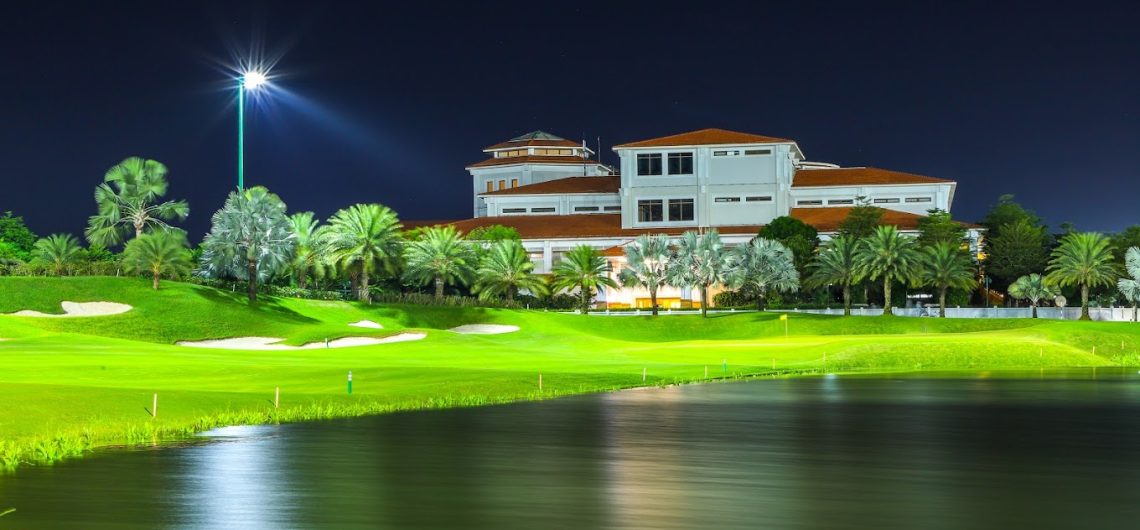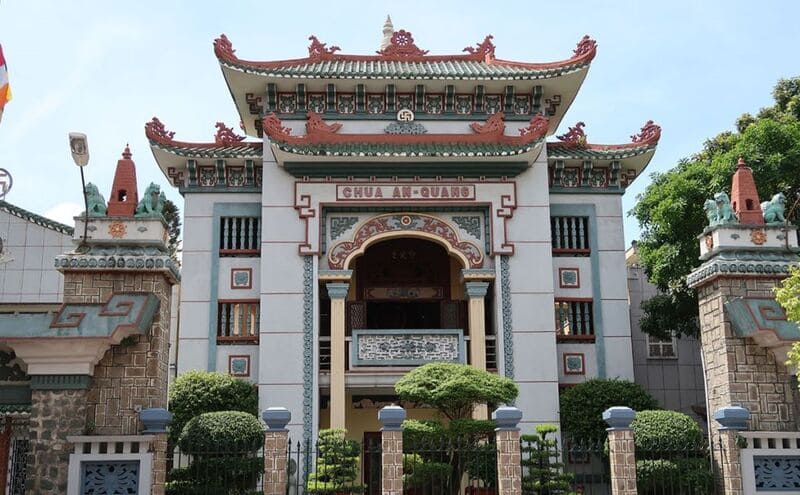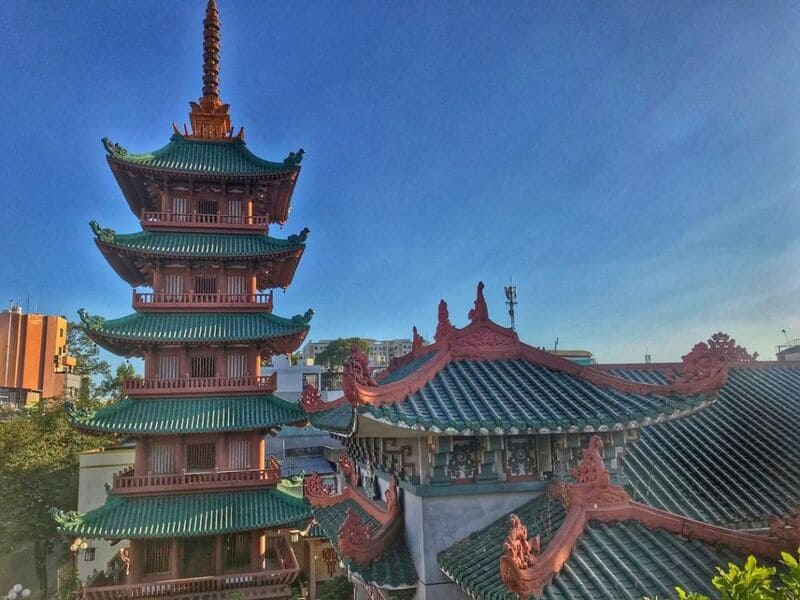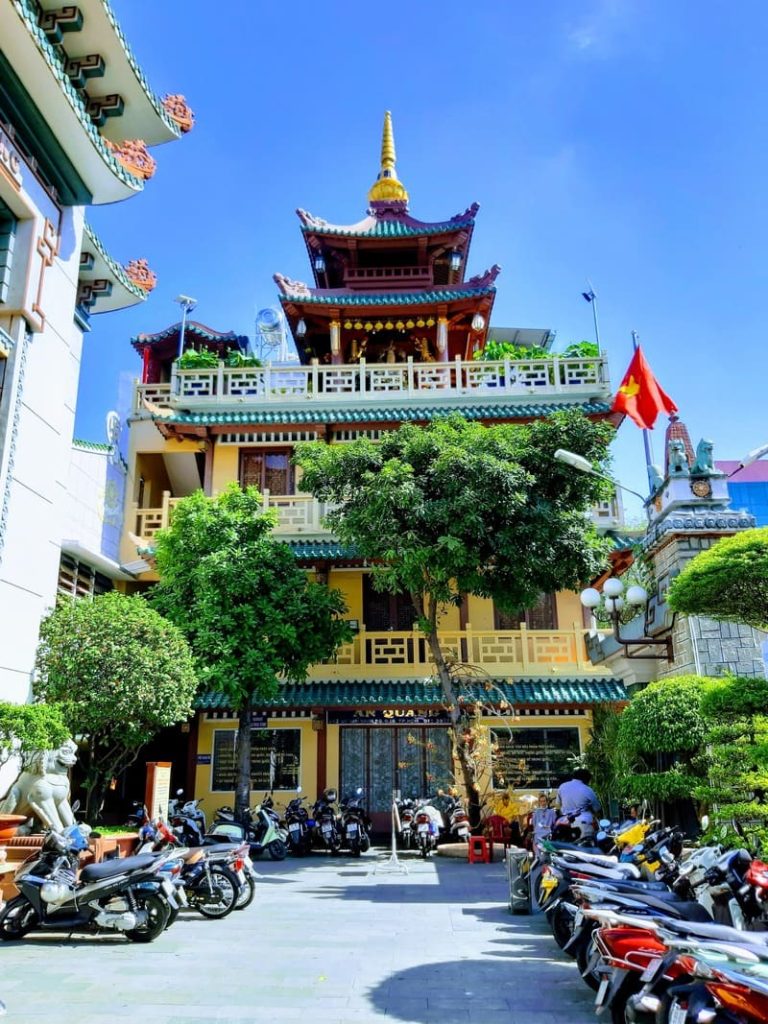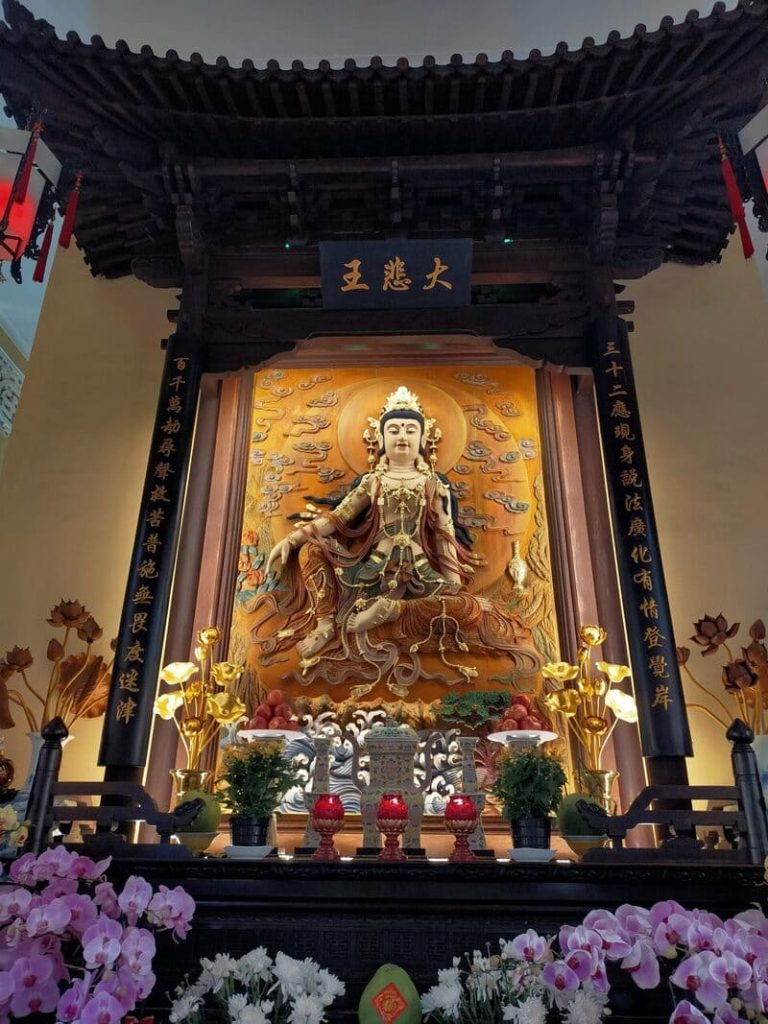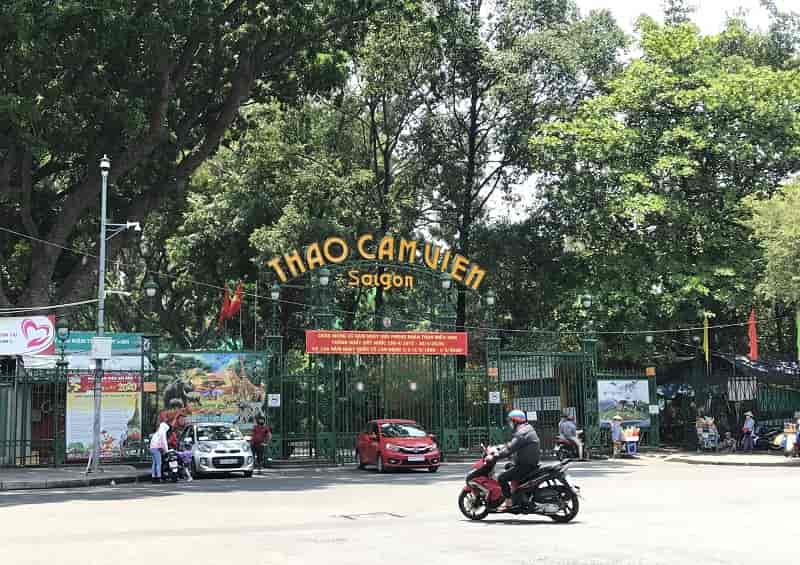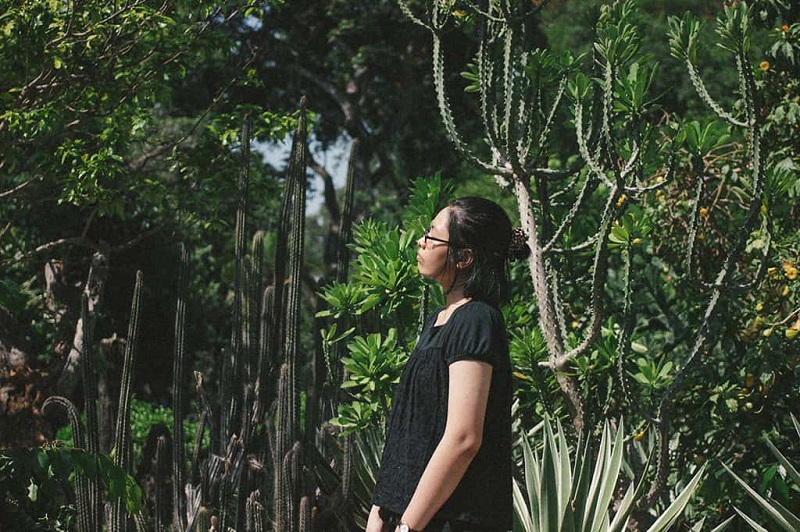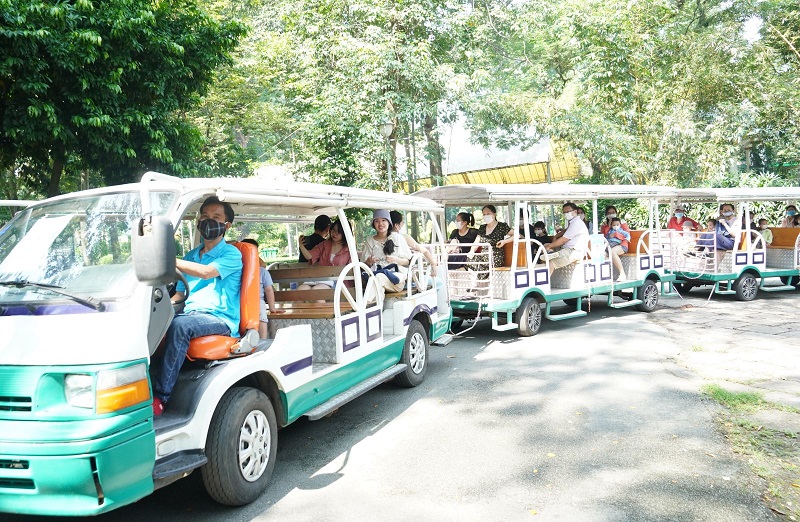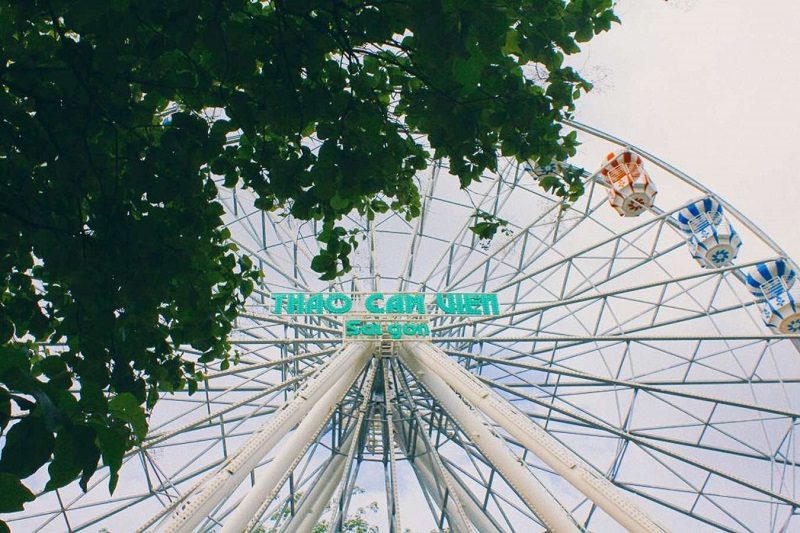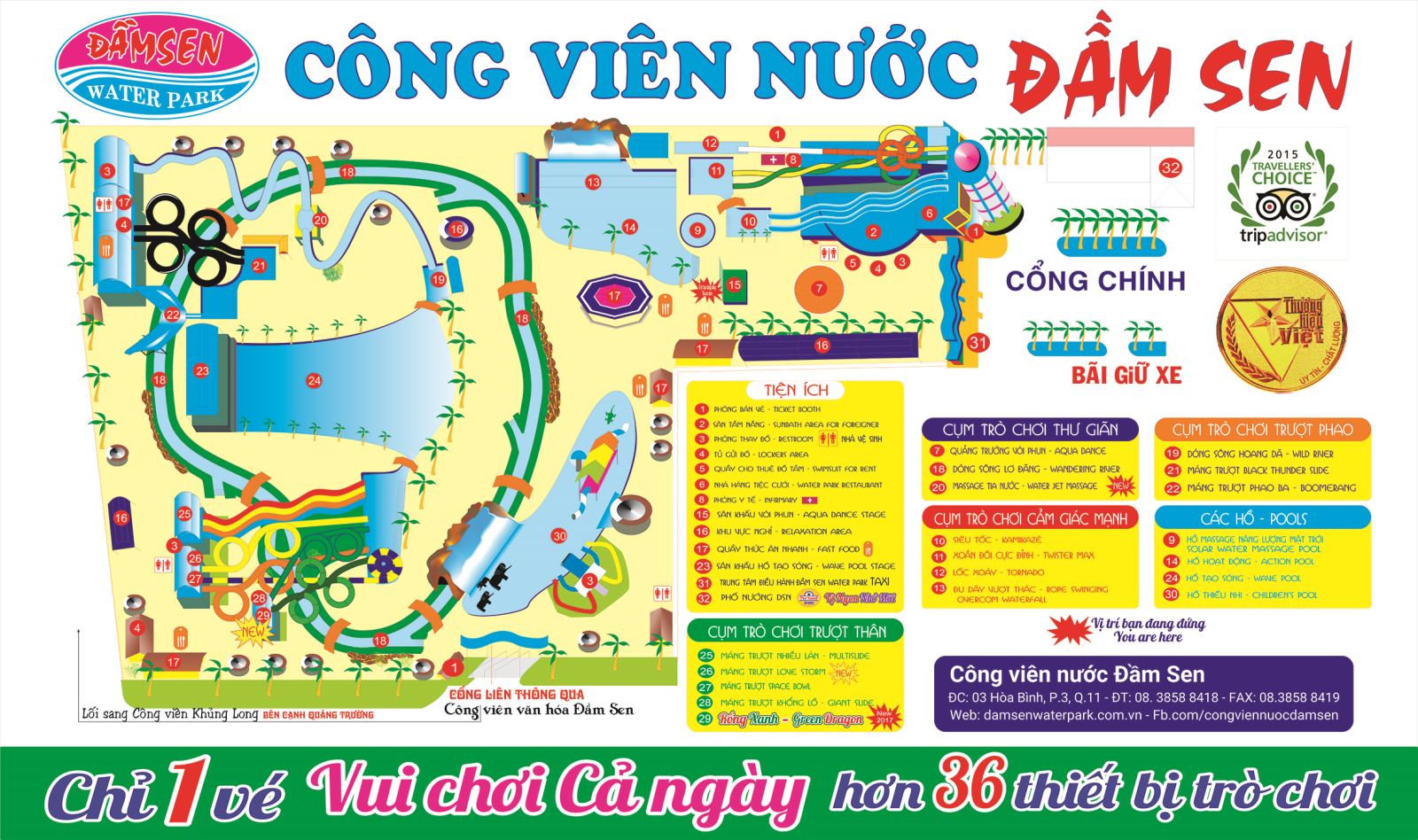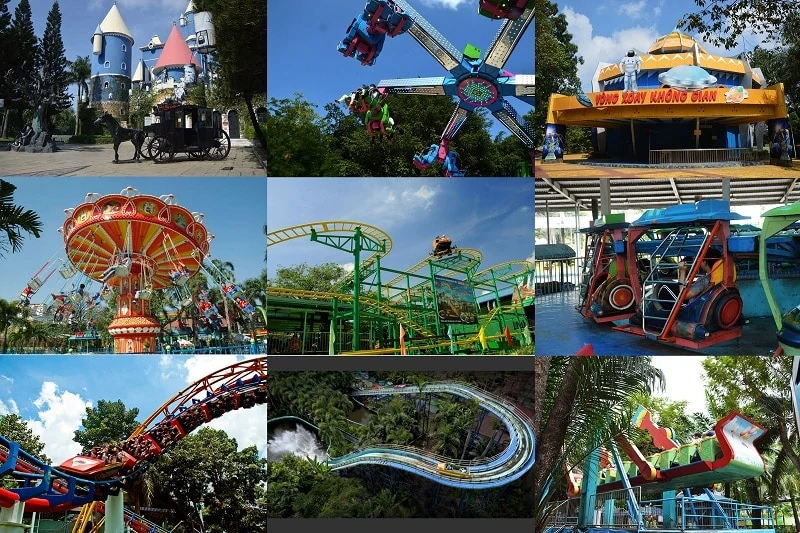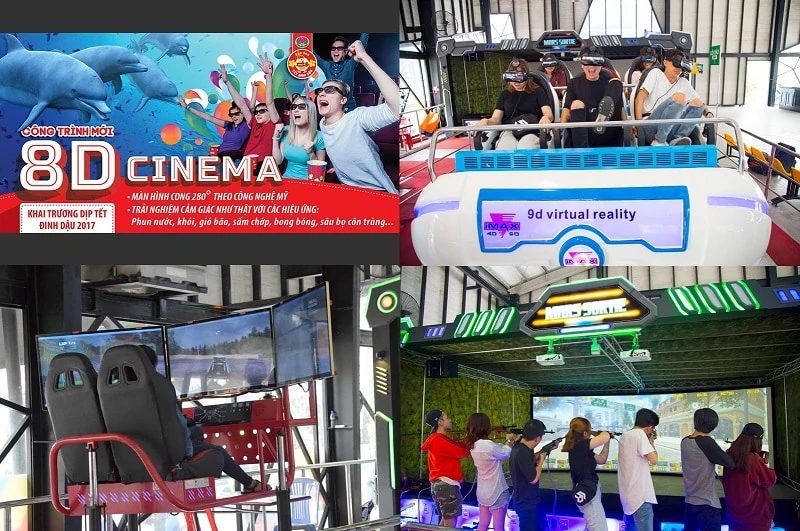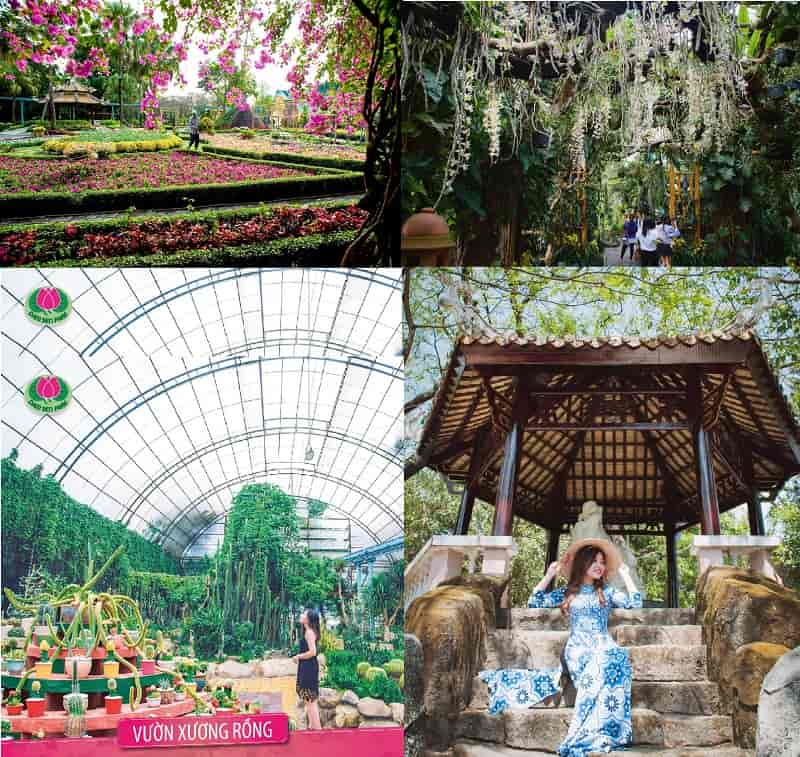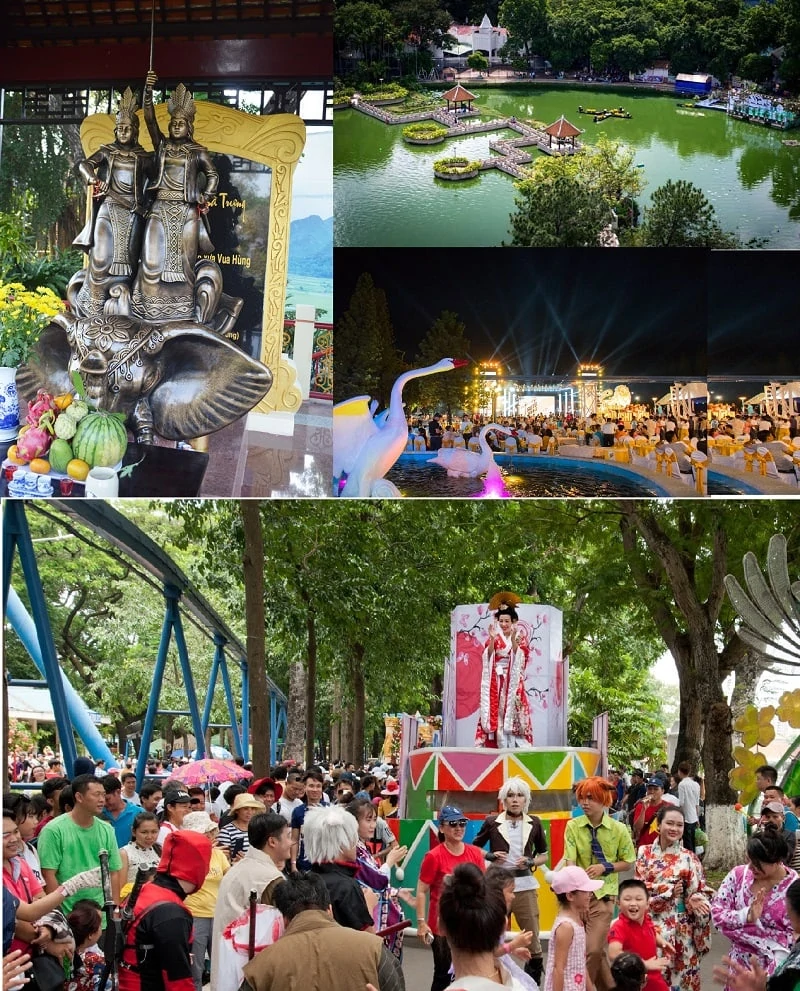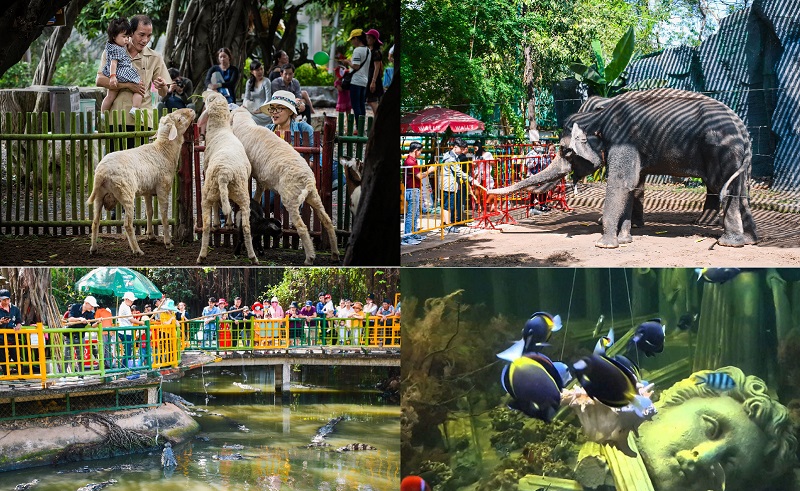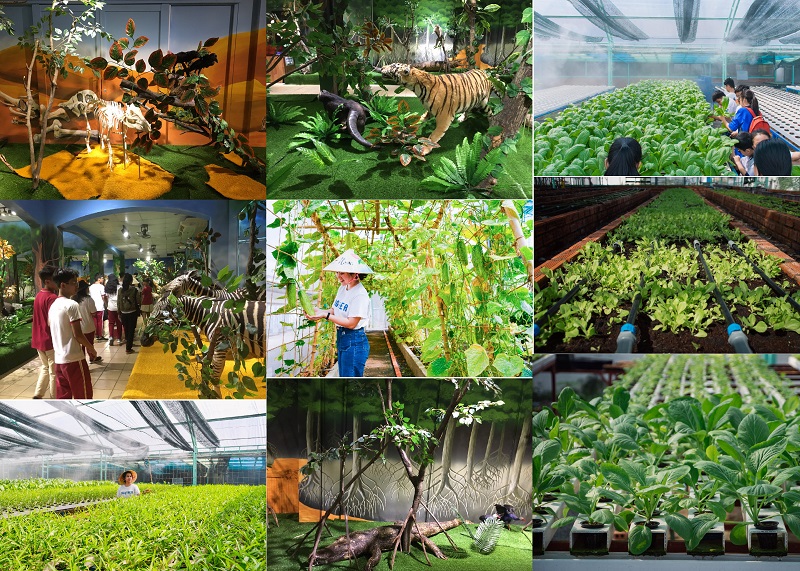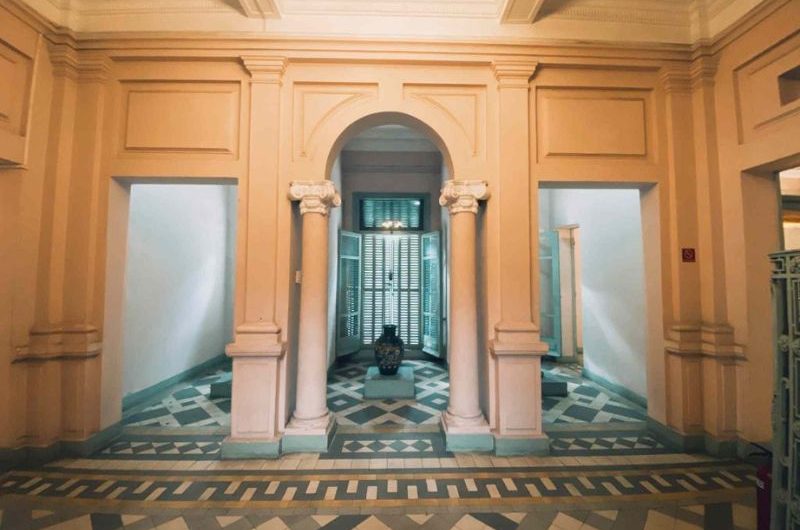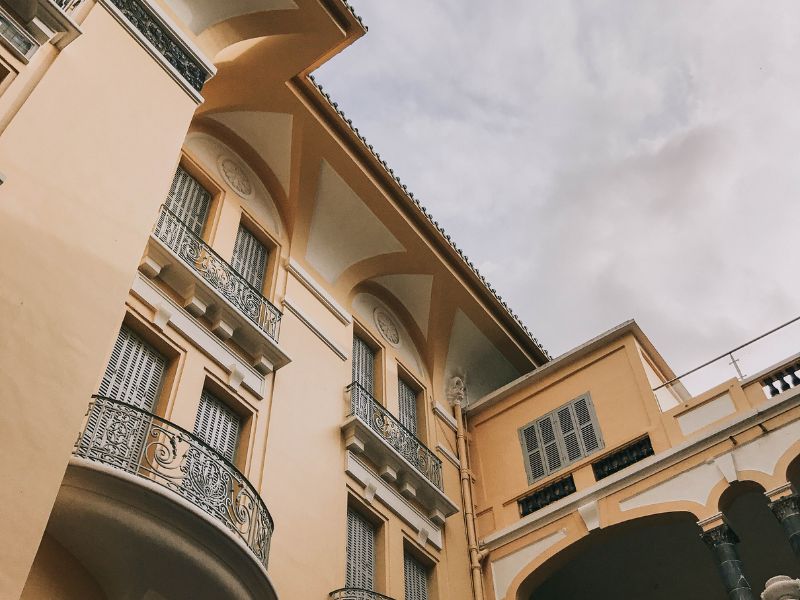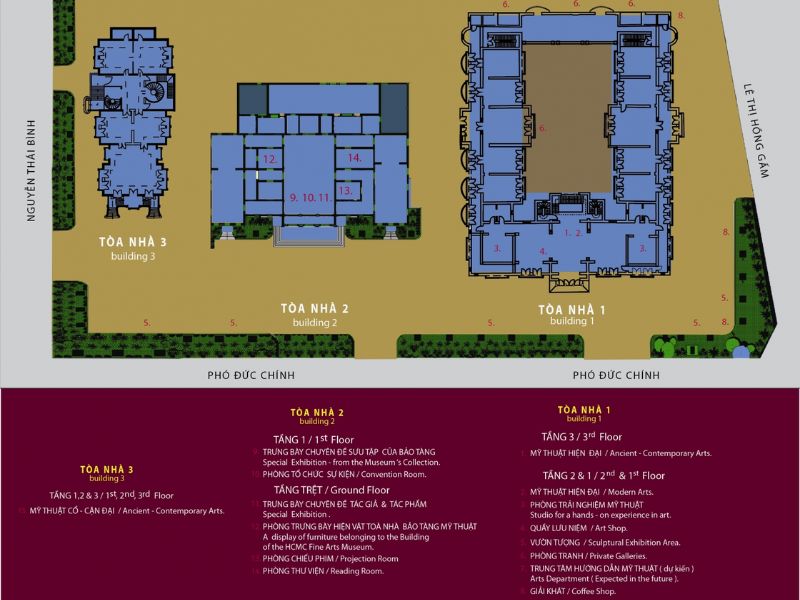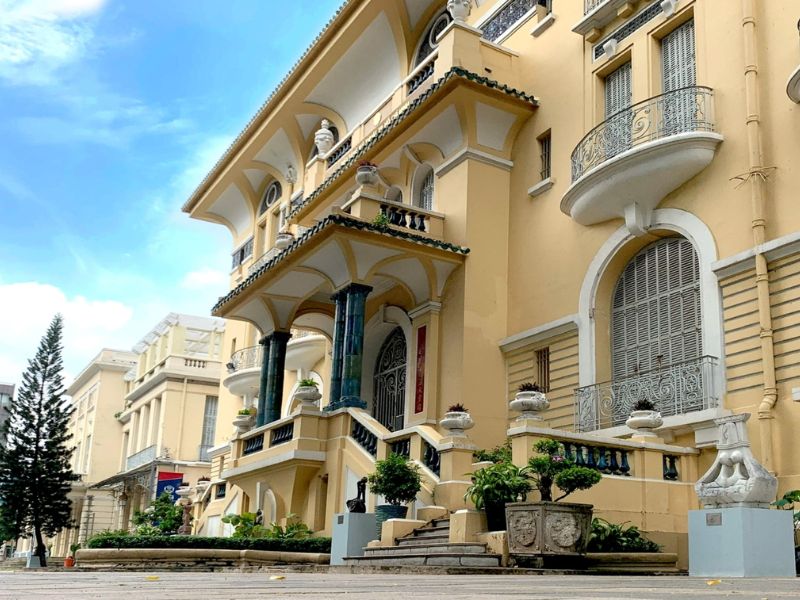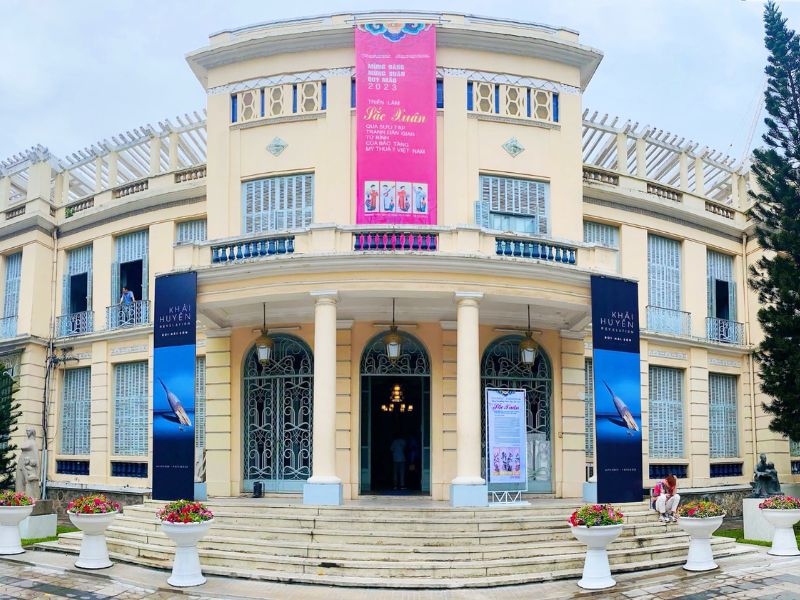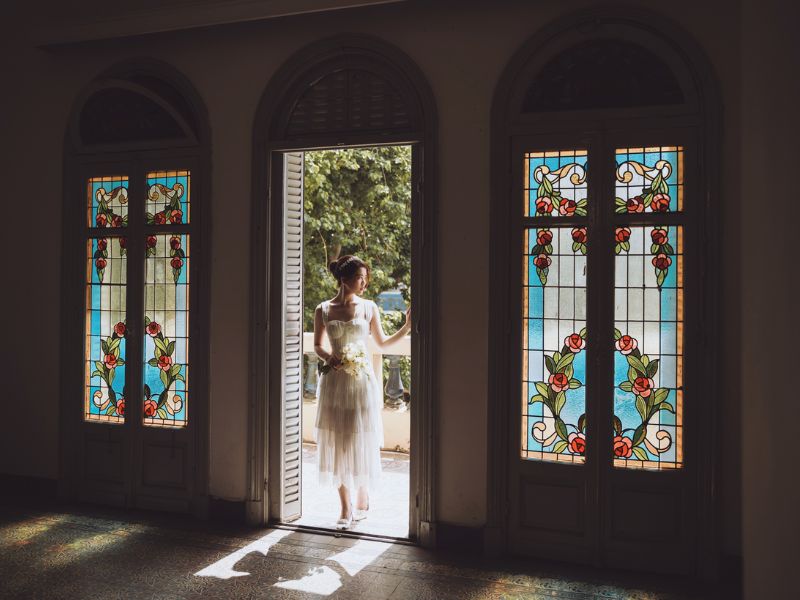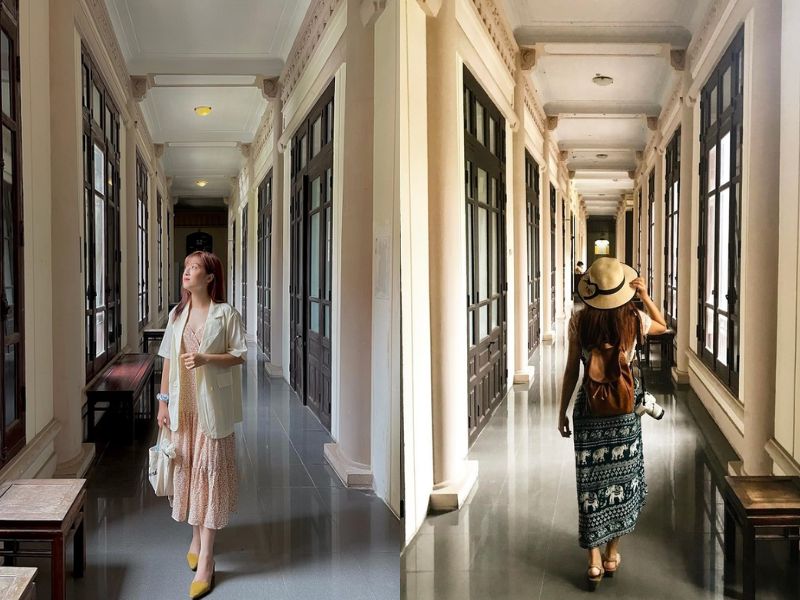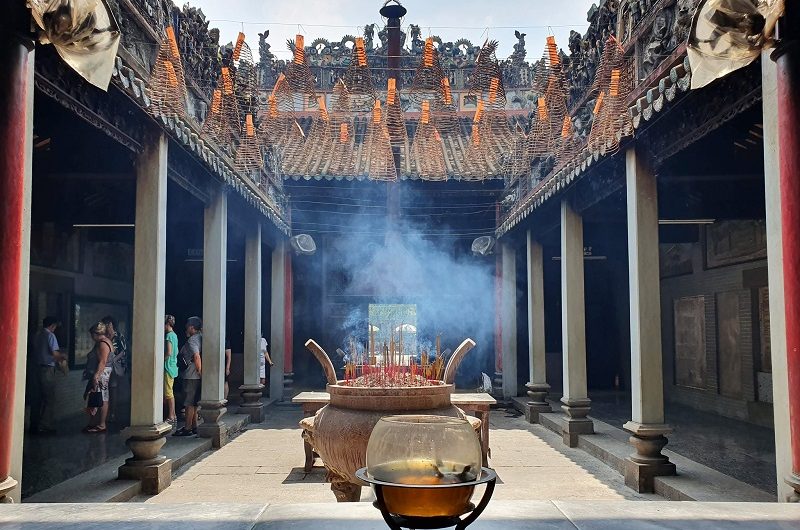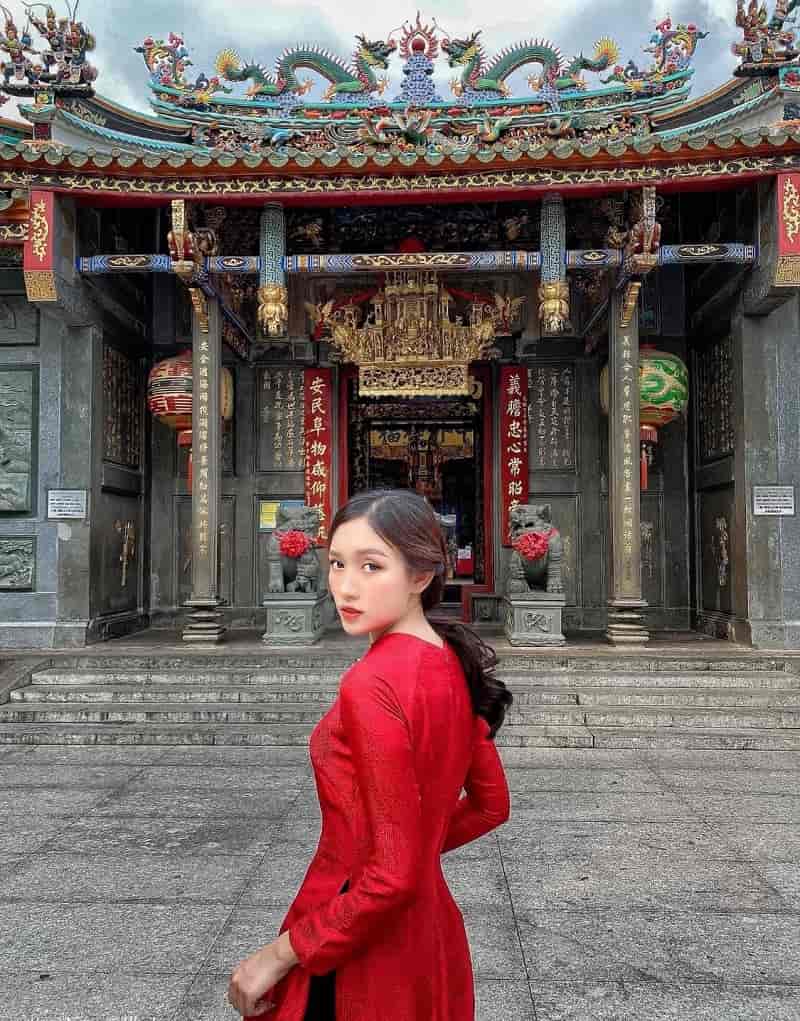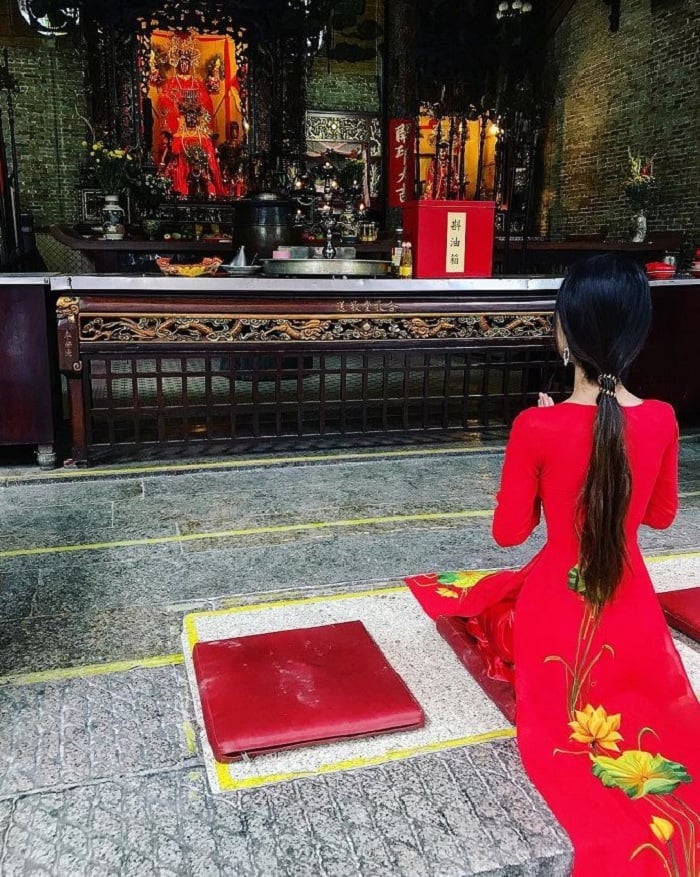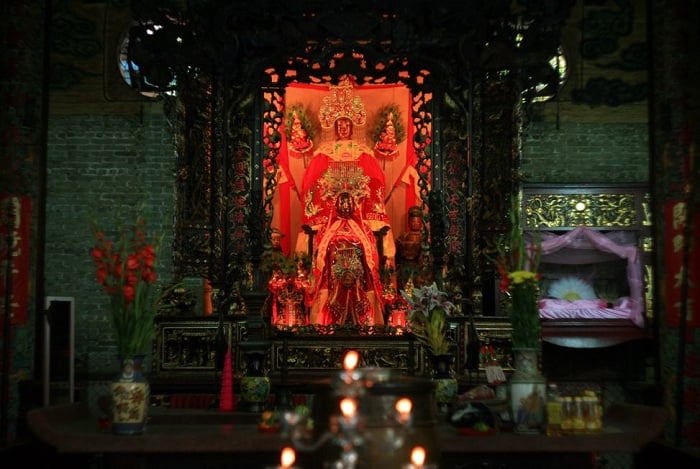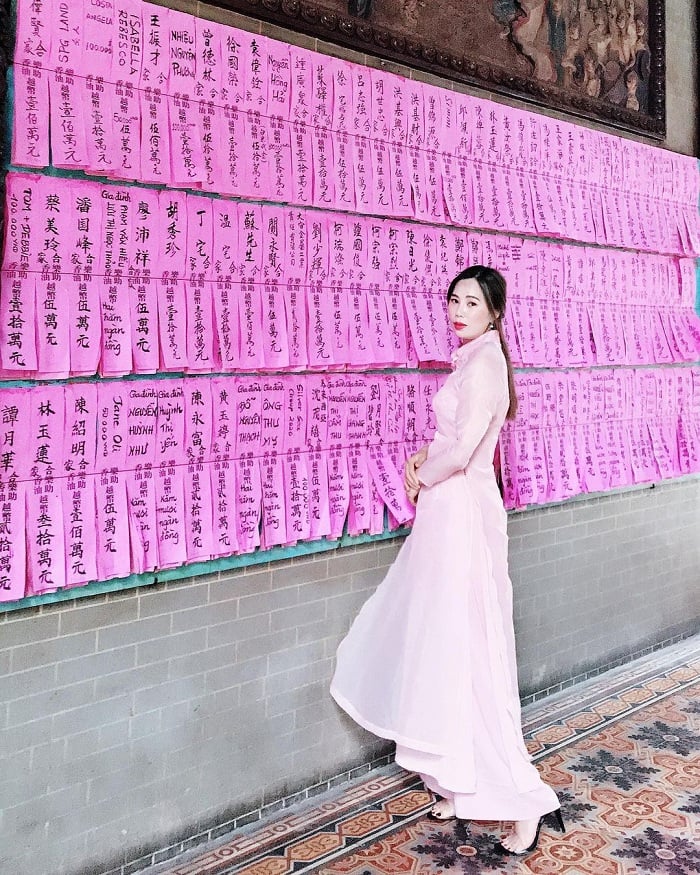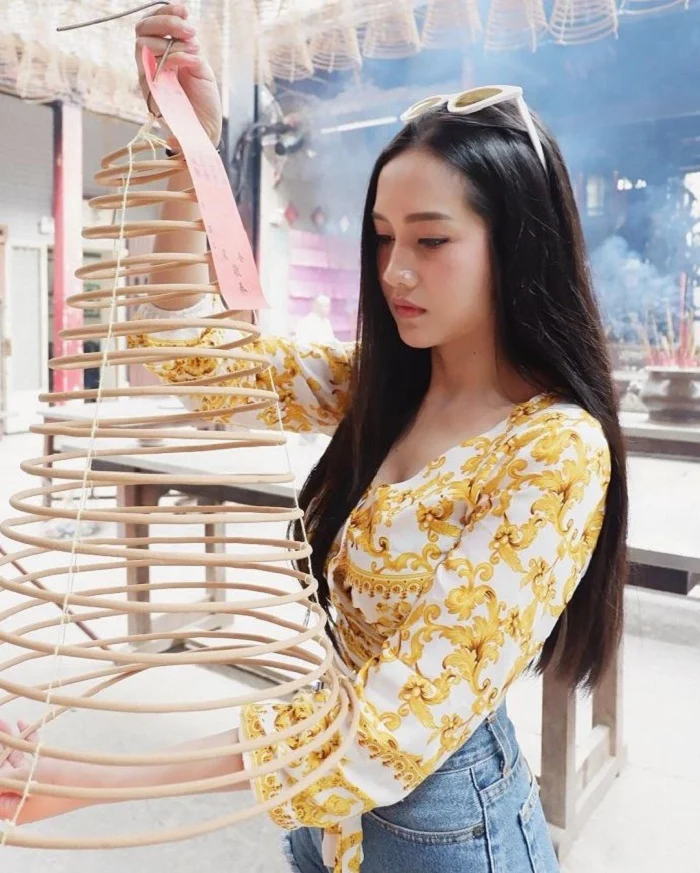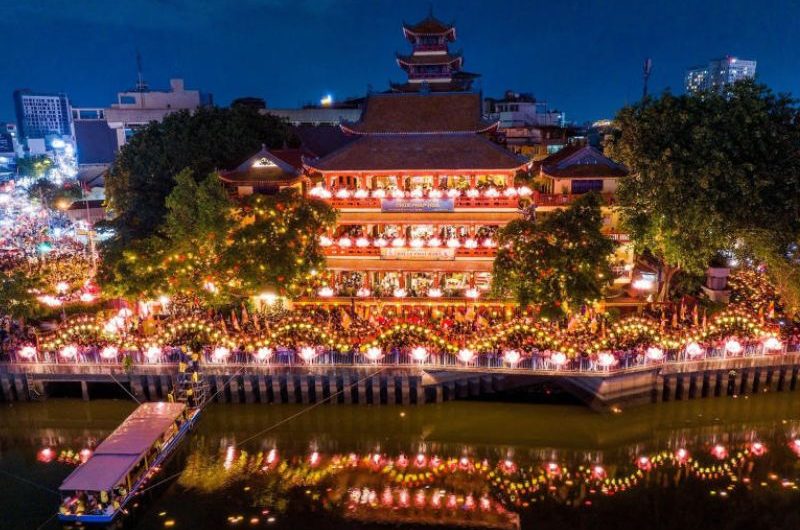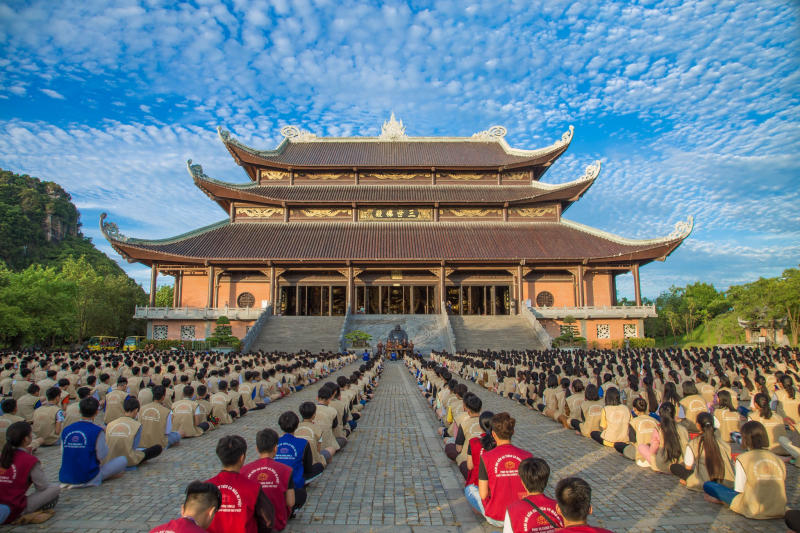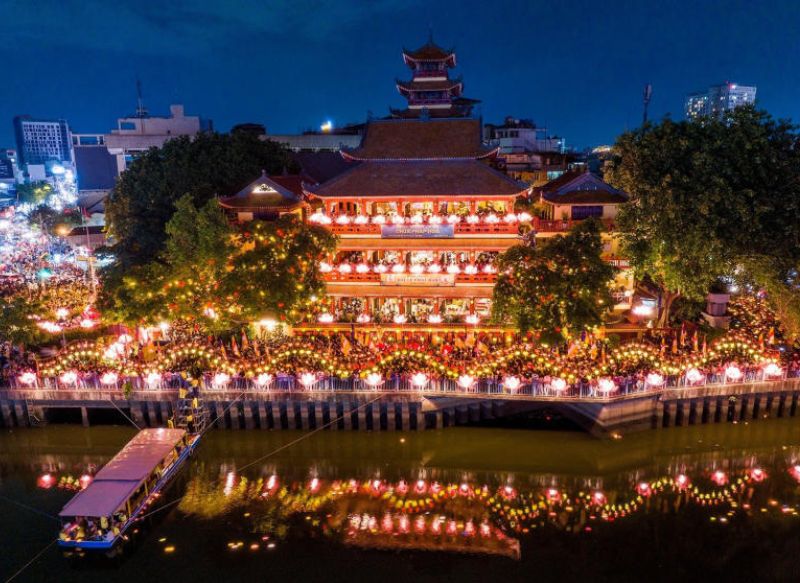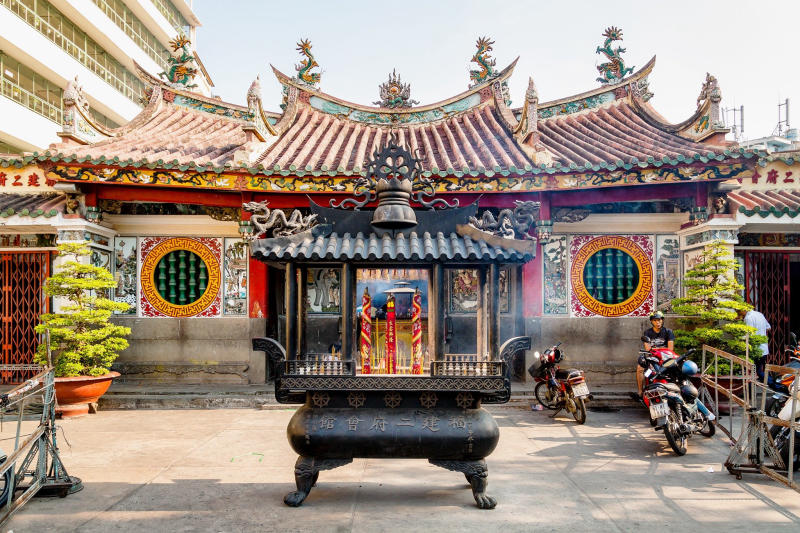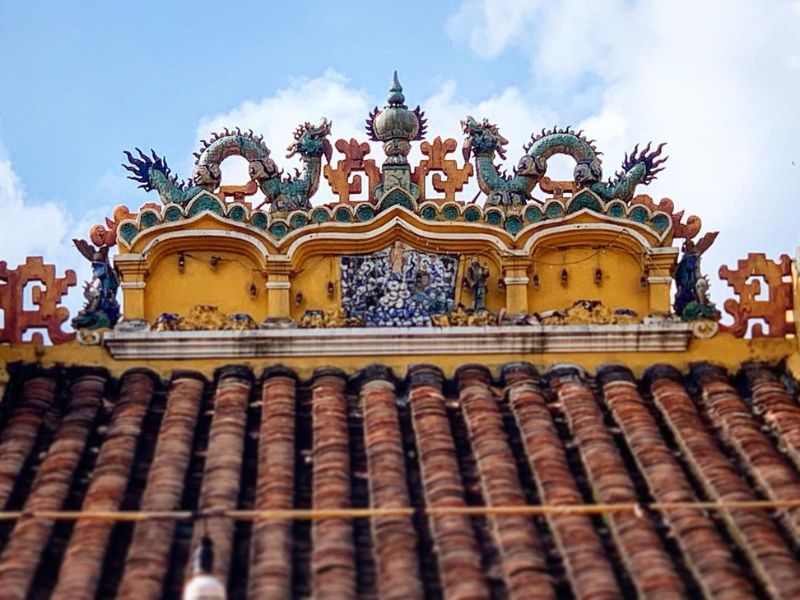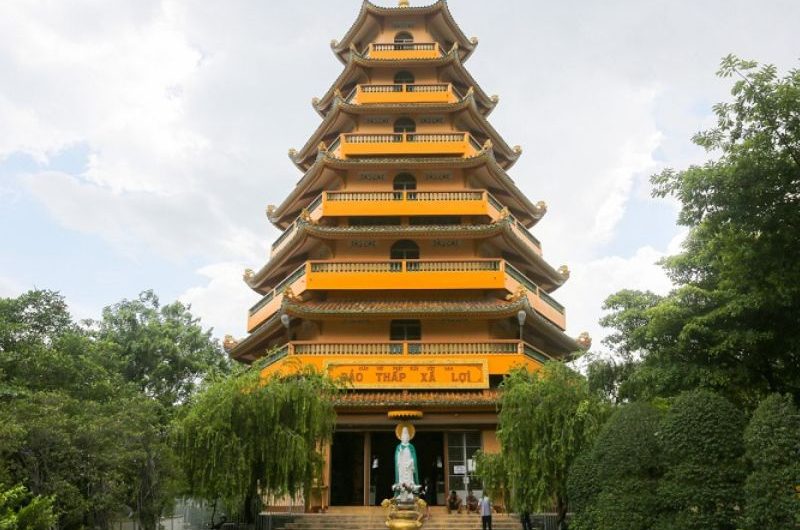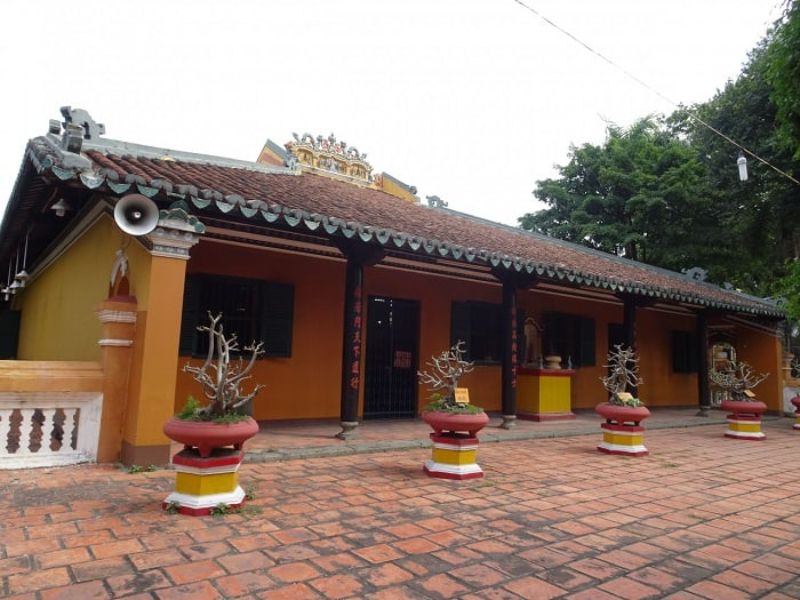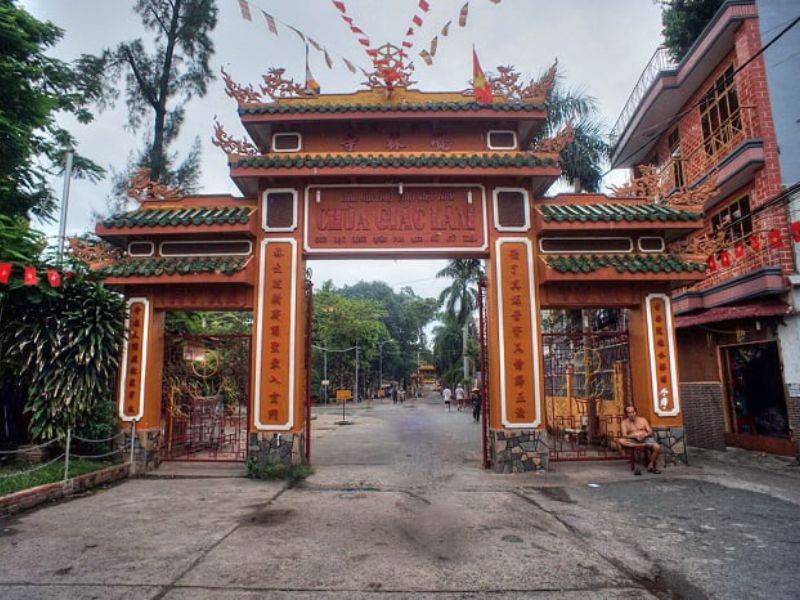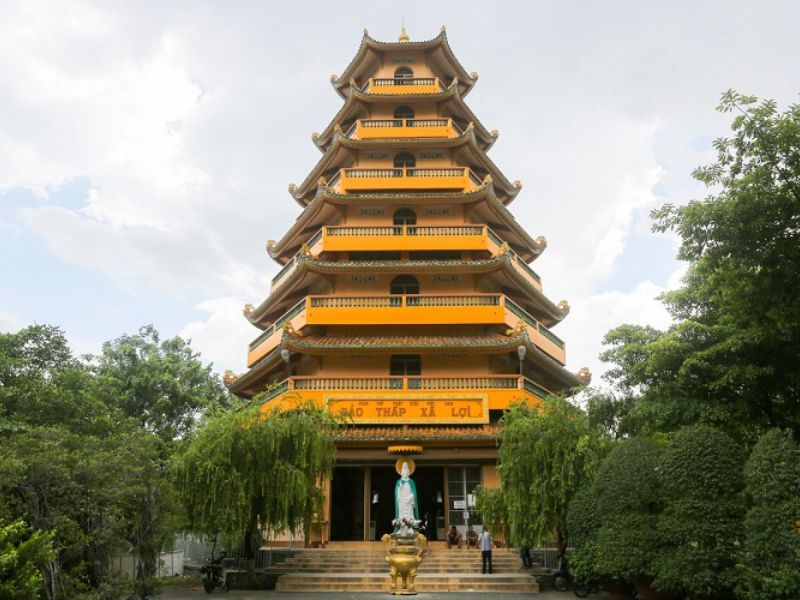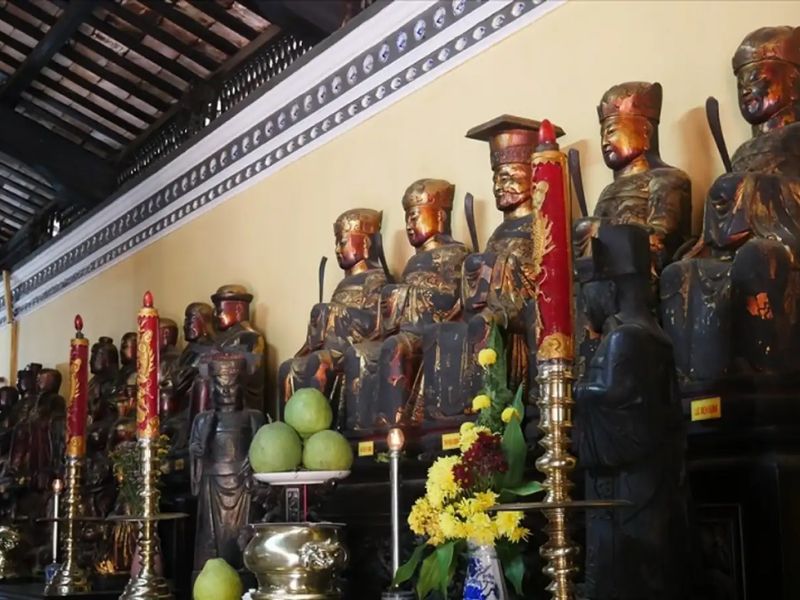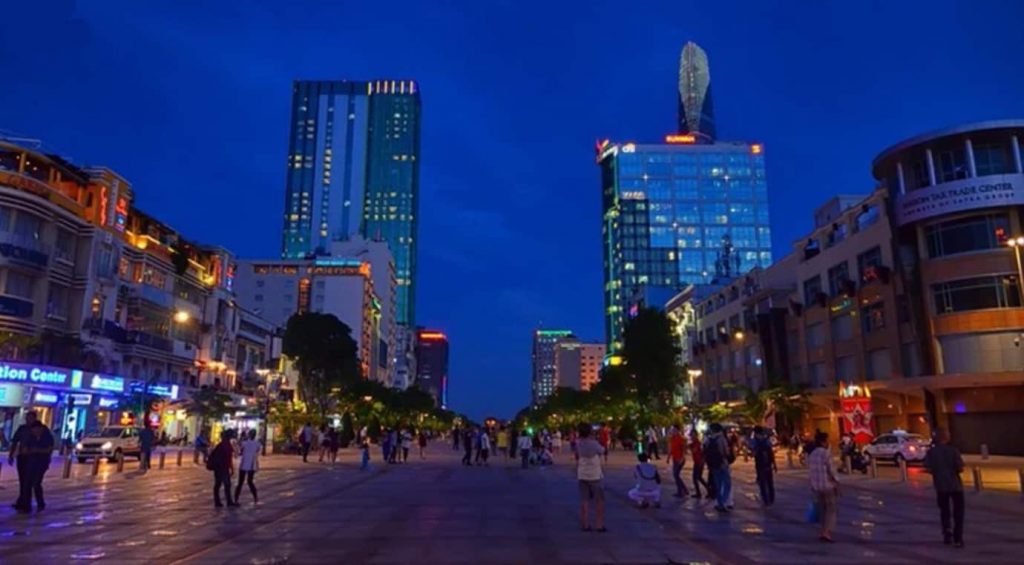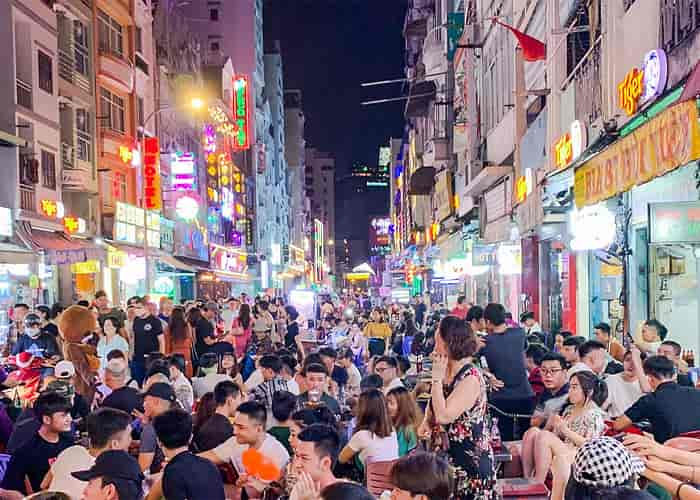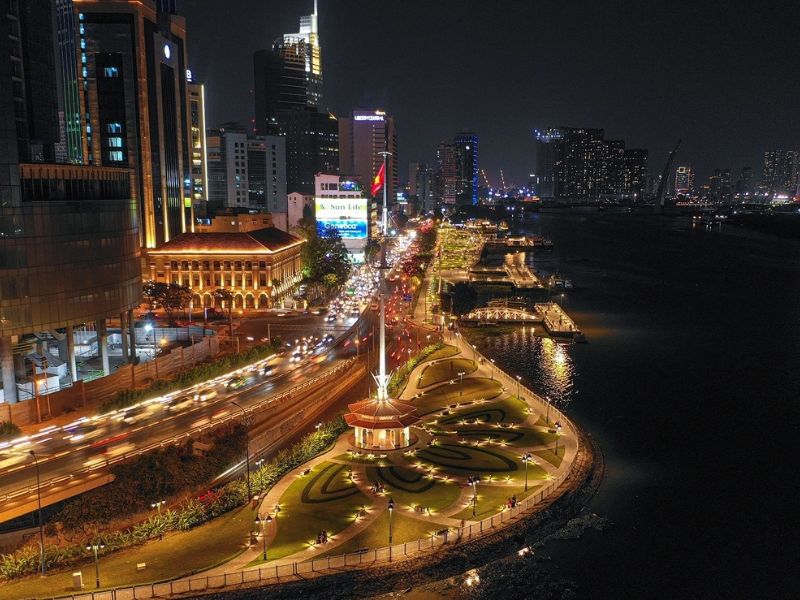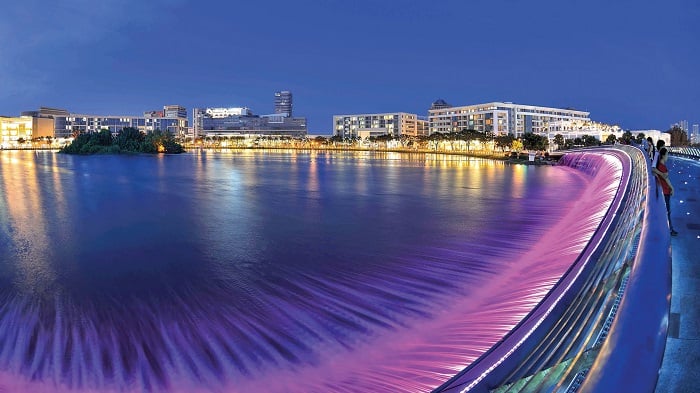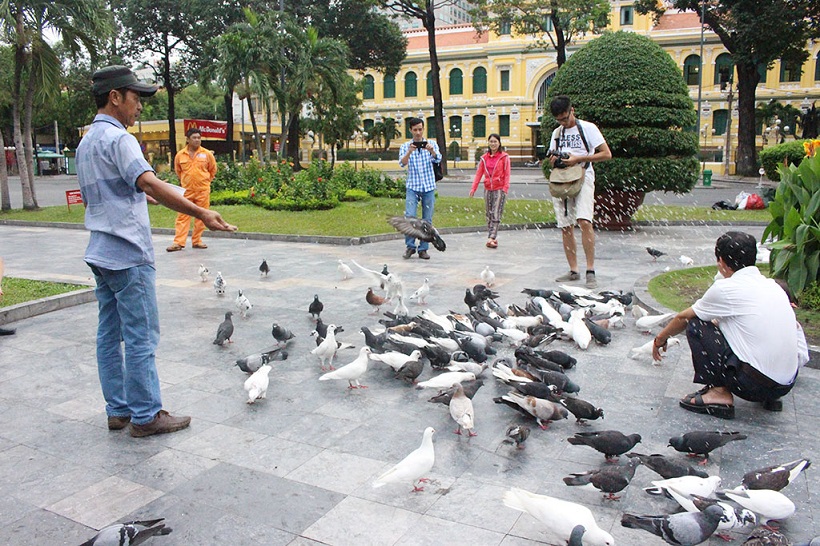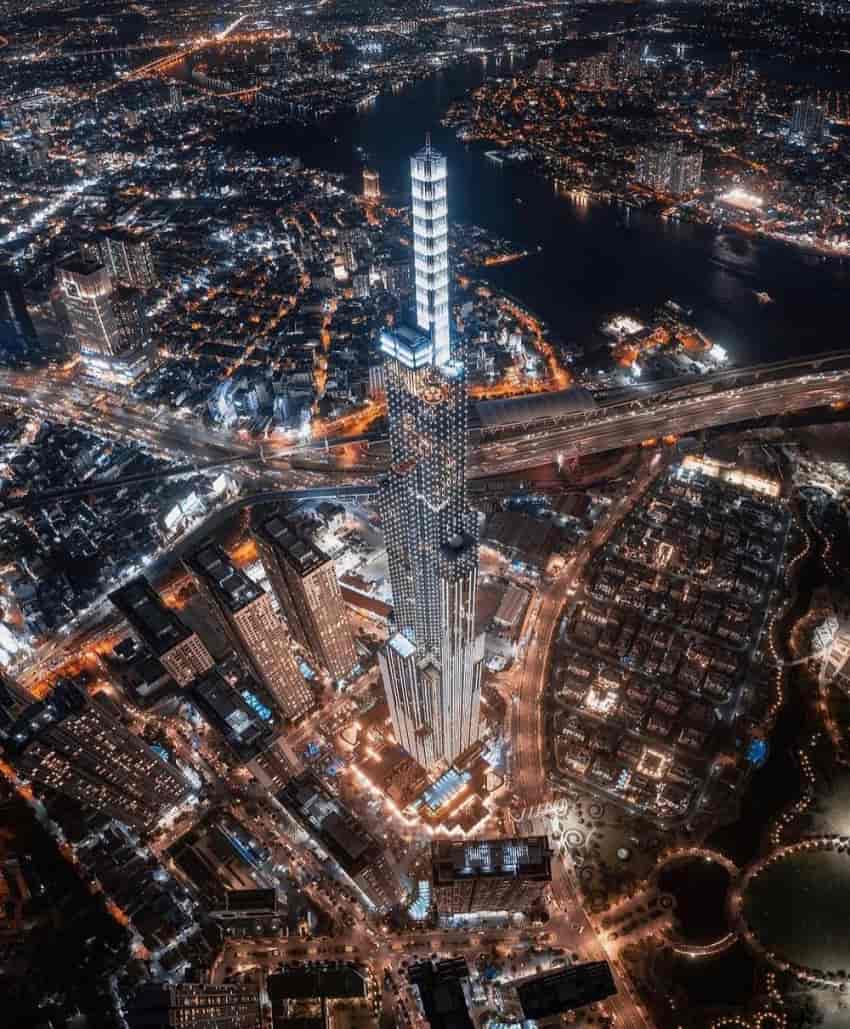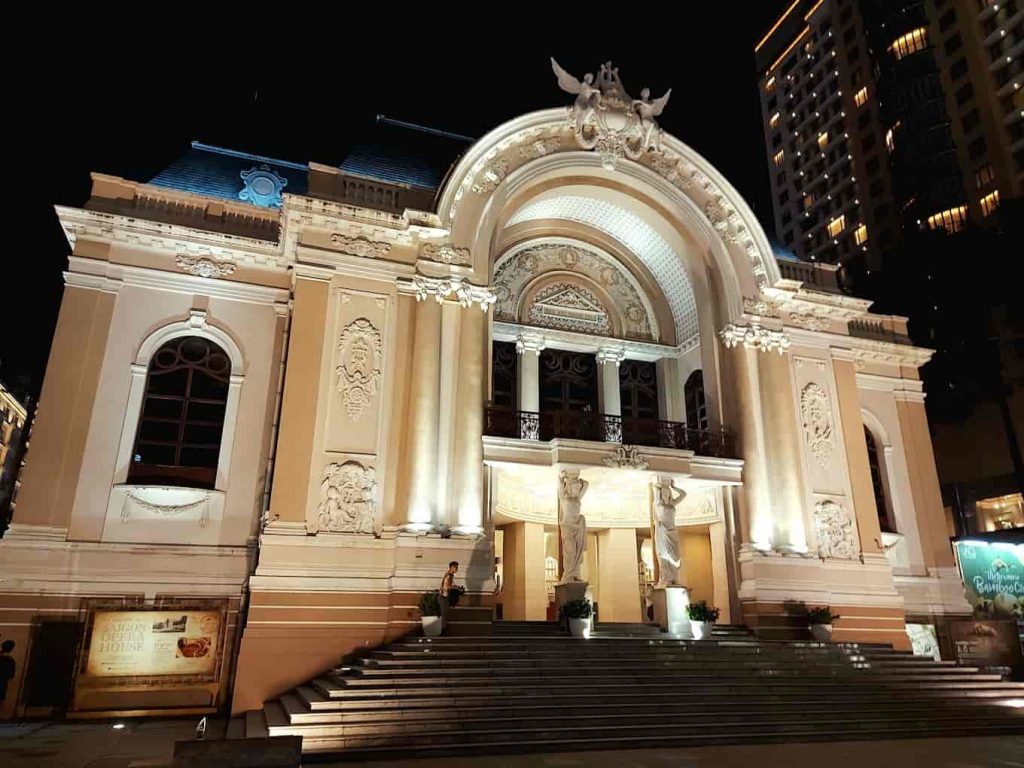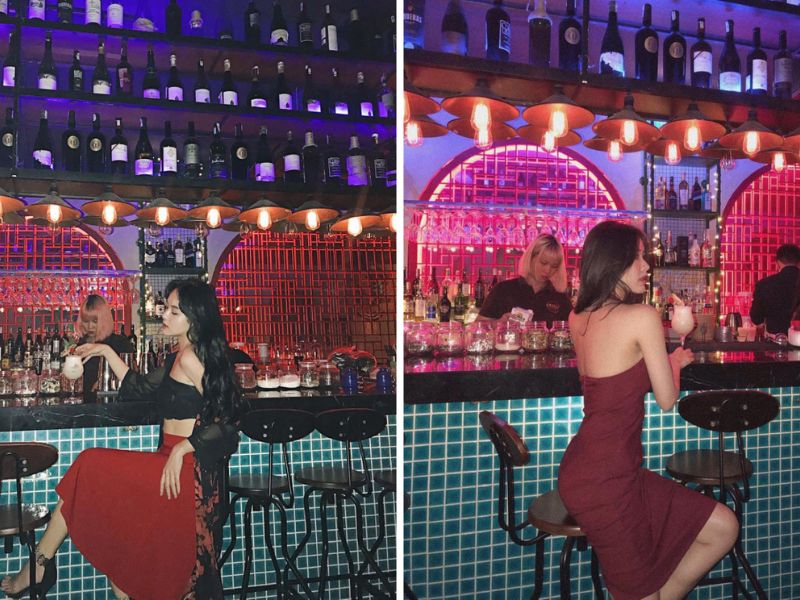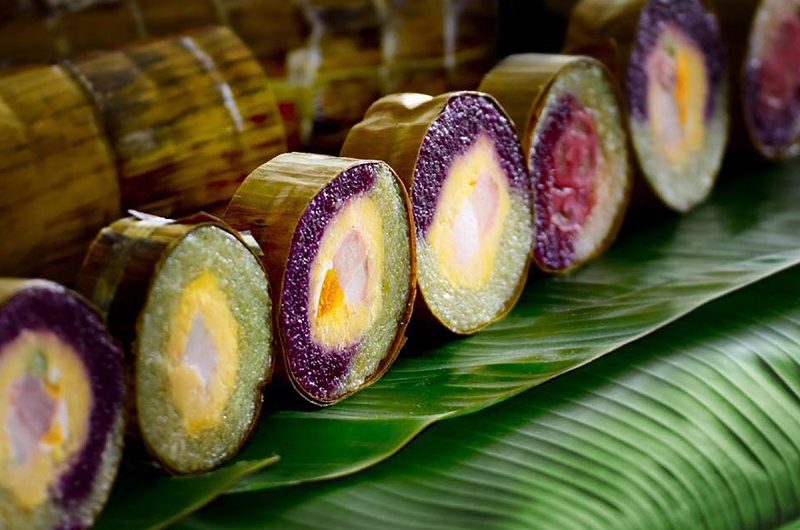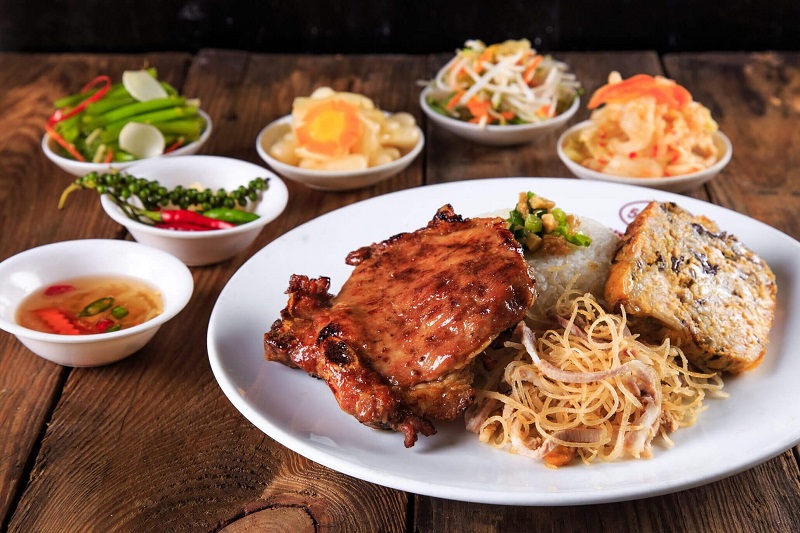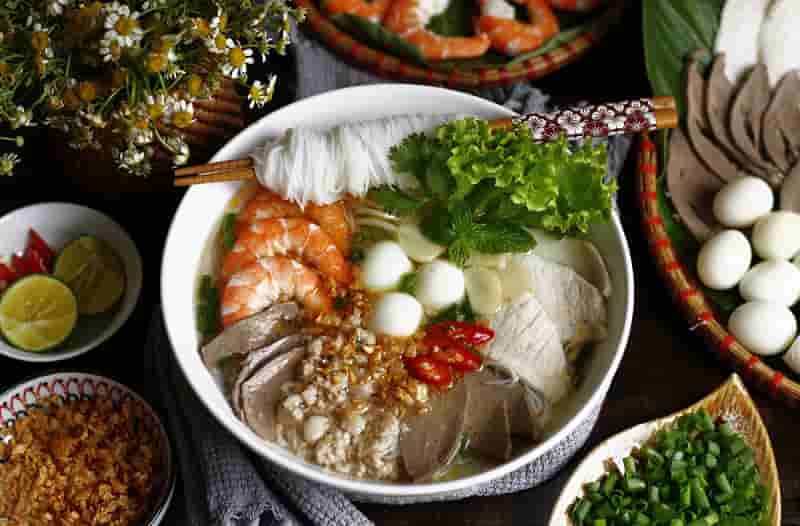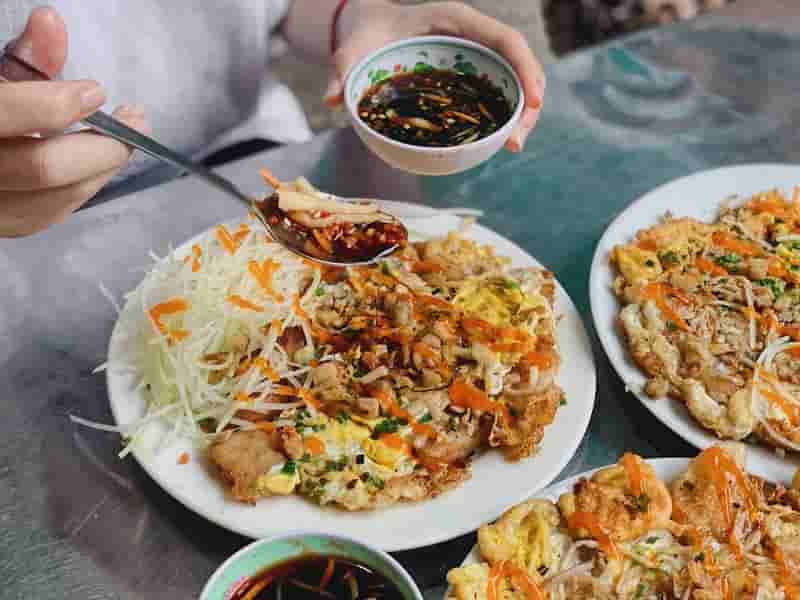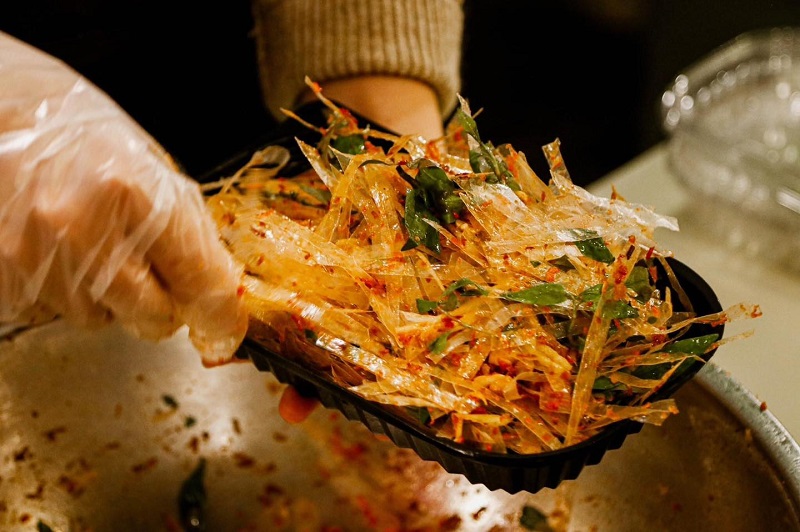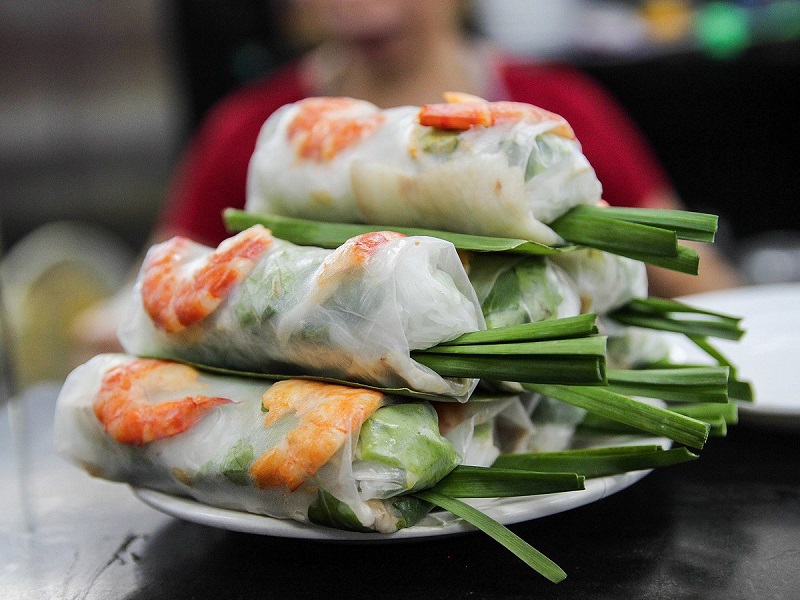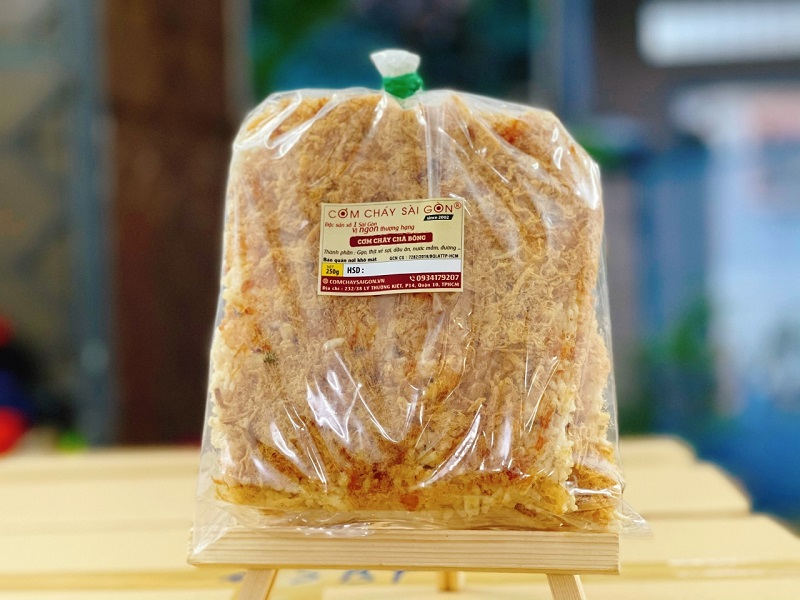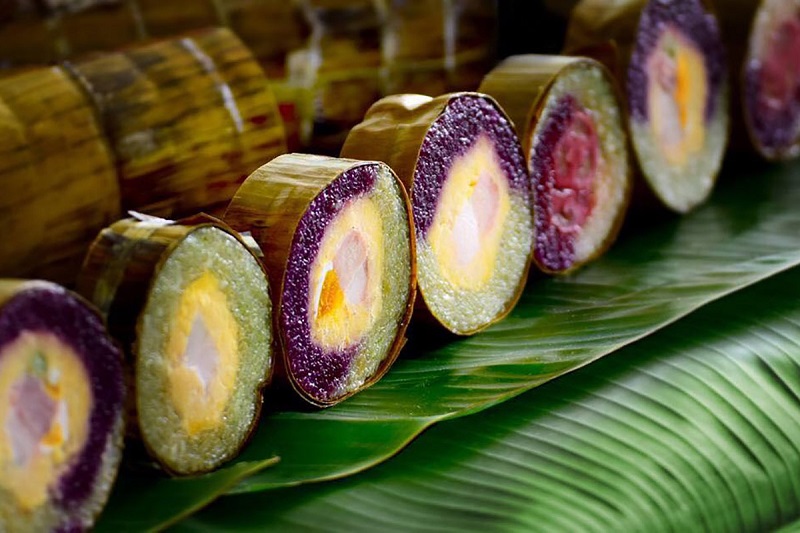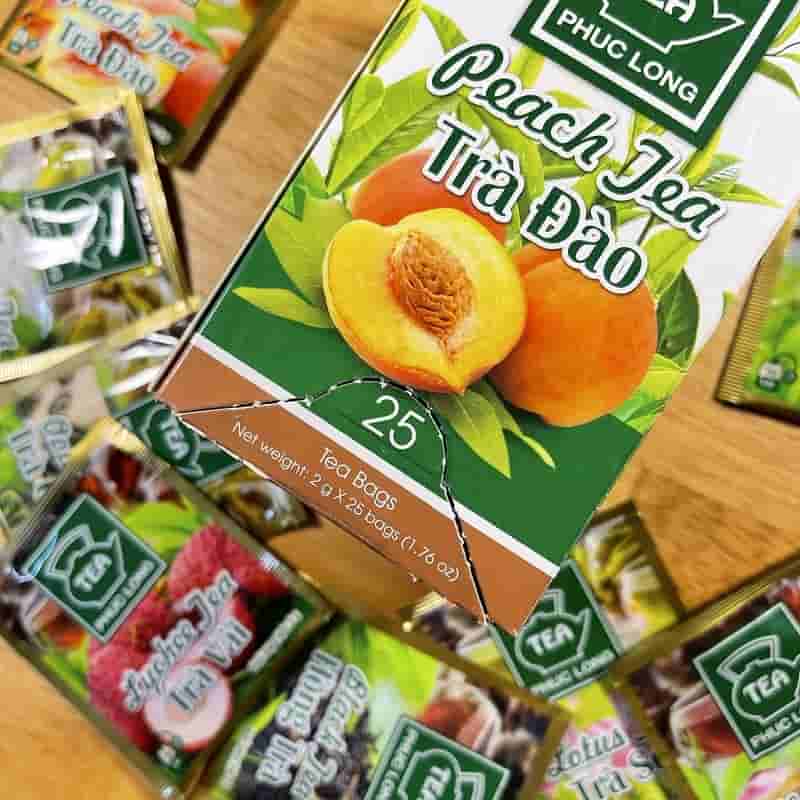The golf courses in Ho Chi Minh City are entertainment and training venues for many golfers in the southern region, as well as tourists and business travelers visiting this area. So which golf course is the most beautiful, convenient, and worth experiencing? Join DanangPrivateCar.com in the following article to find out more details.
Top 8 golf courses in Ho Chi Minh City that every golfer should know
Ho Chi Minh City is the urban center and the most populous city in Vietnam. Therefore, it’s not difficult to find standard and convenient golf courses to satisfy the passion of many people in the area. Here are the 8 most impressive golf courses in Ho Chi Minh City.
Tan Son Nhat Golf Course
Tan Son Nhat Golf Course in HCMC is managed and built by Long Bien Investment Corporation. Designed by the world-renowned Nelson & Haworth Golf Course Architects, Tan Son Nhat Golf Course is the only golf course located within downtown Saigon.
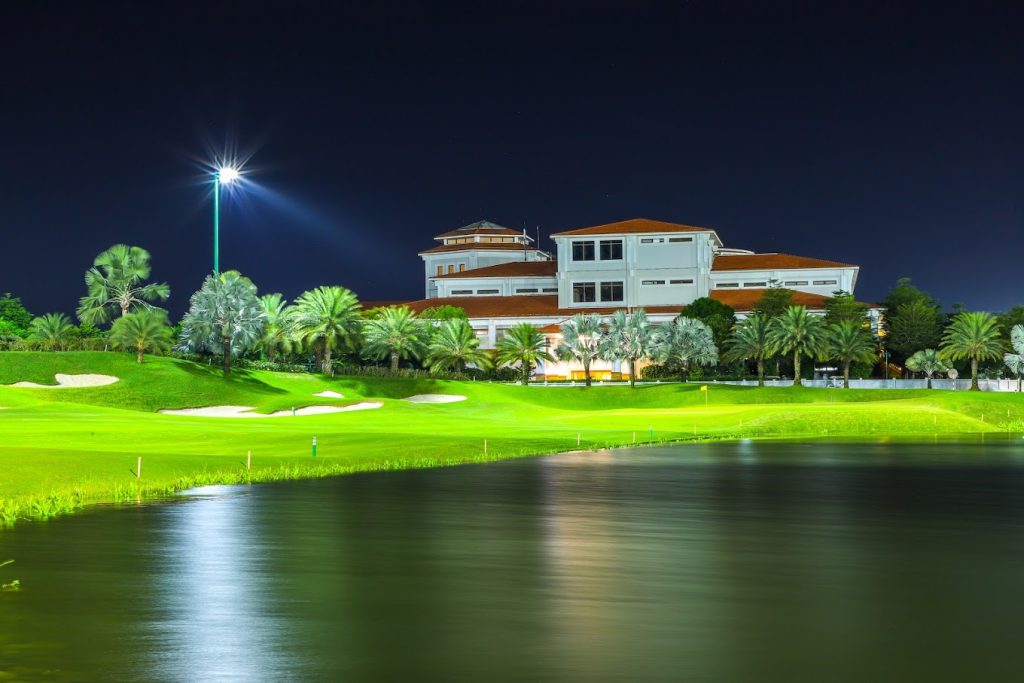
Key advantages of the golf course:
- The golf course is conveniently located just 1 km from Tan Son Nhat Airport, allowing players easy access via various modes of transportation.
- Established in 2007, the golf course covers a vast area of 132 hectares, including 111 hectares dedicated to the 36-hole golf course, 14.7 hectares used for artificial lakes, and the remainder for infrastructure and customer service facilities.
- Tan Son Nhat Golf Course is designed with 4 smaller courses: A, B, C, and D. Each course features 9 holes with varying lengths to accommodate different skill levels of golfers. Specifically, Course A measures a total length of 3729 yards, Course B is 3620 yards long, Course C spans 3747 yards, and finally Course D measures 3619 yards, each requiring a standard set of 36 clubs.
- The standout feature of Tan Son Nhat Golf Course is the quality of its grass. Premium grass types like Paspalum Platinum and TifEagle ensure precise and energetic ball movements. The meticulous care and adherence to strict standards by the maintenance team ensure the grass maintains its high quality. Additionally, the design of electric cart paths throughout the course enhances the impressive landscape of Tan Son Nhat Golf.
- The modern service and facilities meet international standards, including diverse Asian and European menu offerings at the restaurant, electric cart services, professional Caddie team, modern clubhouse, well-stocked Proshop, sauna area, locker rooms, etc. With these services, golfers are assured of comprehensive and satisfying care.
- The professional, friendly, and enthusiastic staff and specialists at the golf course consistently strive to ensure customer satisfaction.
Location of the golf course:
The golf course is located at 6 Tan Son, Ward 12, Go Vap District, Ho Chi Minh City, Vietnam.
Prices at Tan Son Nhat Golf Course vary at different playing times, specifically:
Monday: 2,350,000 VND 5:30 AM – 8:29 AM:
- Tuesday to Friday: 2,500,000 VND
- Weekend: 3,600,000 VND
8:30 AM – 2:59 PM:
- Tuesday to Friday: 2,700,000 VND
- Weekend: 3,400,000 VND
From 3:00 PM:
- Tuesday to Friday: 2,500,000 VND
- Weekend: 2,800,000 VND
If you’re looking to travel to Tan Son Nhat Golf Course, you can book our private car service from Ho Chi Minh City to Tan Son Nhat Golf Course right away.
Thu Duc Golf Course – Vietnam Golf & Country Club
Thu Duc Golf Course is one of the most exciting golf courses in Ho Chi Minh City, built and designed to international standards. It serves not only as a prime location for practice, competition, and skill development in golf but also as an excellent tourist and entertainment destination in the southern region.
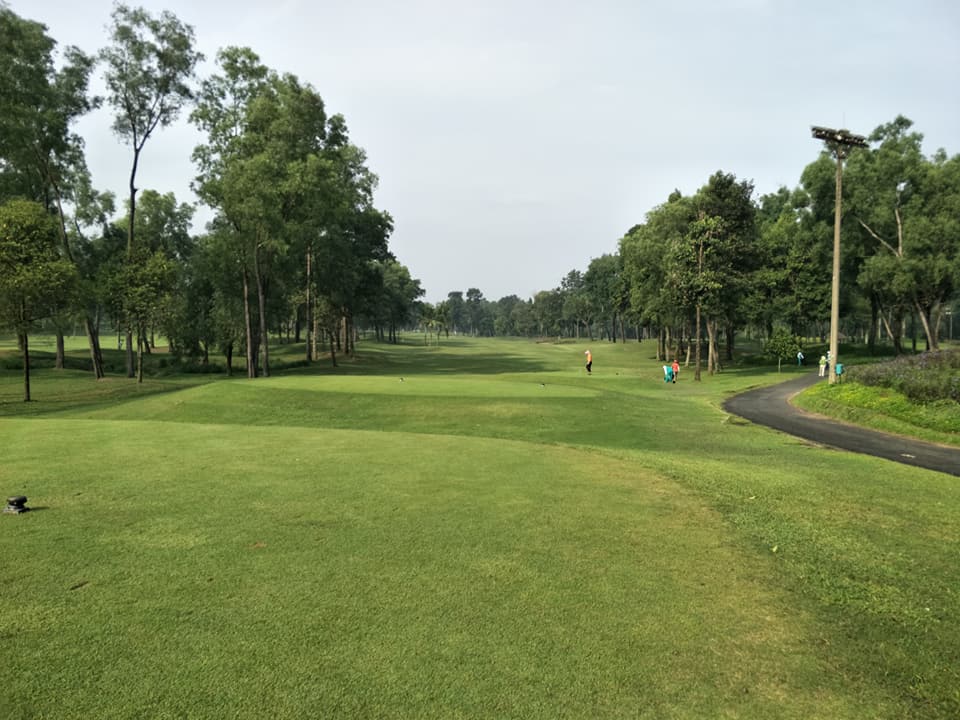
Key Advantages of the Golf Course:
- Saigon Thu Duc Golf Course sprawls over a vast area of 300 hectares with a scale of 36 holes, accommodating 72 standard clubs. The course is divided into two main areas: the West Zone and the East Zone, each featuring 18 championship holes. It regularly hosts large-scale amateur golf tournaments in Vietnam such as Swing For Life, Long Friendship Golf Tournament, among others.
- The designs of the course zones are uniquely impressive: the West Zone designed by renowned Taiwanese architect Chen King Shih, and the East Zone conceptualized by legendary golfer Lee Trevino, a six-time champion of various seasons. Thu Duc Golf Course impresses and attracts golfers ranging from professionals to amateurs.
- The landscape and terrain at Thu Duc are highly praised by golfers for its undulating fairways intertwined with waterways, providing challenges at various levels. Moreover, the teeing area, fairways, and greens are all covered with premium natural grass, enhancing precision and excitement in every swing.
- Thu Duc Golf in Ho Chi Minh City also offers professional customer service with diverse amenities including a modern clubhouse, resort hotel area, parking facilities, locker rooms, bathrooms, Proshop, and a fully equipped restaurant, meeting international standards.
- The dedicated and professional staff ensure that golfers always feel satisfied and eager to return for another experience.
Location of Thu Duc Golf Course:
Located on Hoang Huu Nam Street, Long Thanh My Ward, District 9, Ho Chi Minh City, Vietnam.
Thu Duc Golf Course Price List
Below is the price list for Thu Duc Golf Course for your reference:
| Day | Time | Price at the Course |
|---|---|---|
| Monday | – | 2,300,000 VND |
| Tue – Fri | Before 1:00 PM | 2,500,000 VND |
| After 3:30 PM | 2,300,000 VND | |
| Weekend | Before 8:00 AM | 3,600,000 VND |
| Before 1:00 PM | 3,400,000 VND | |
| After 3:30 PM | 2,600,000 VND |
Note: The prices are per person for 18 holes and include green fee, caddie fee, and shared electric cart. Prices may vary according to seasons as per the course regulations. For the most updated prices, please contact us directly.
Twin Doves Golf Club
Twin Doves Golf Club is designed to inspire players with a powerful new energy on the course. It is a private golf club and the first exclusive one in Vietnam with a membership-only policy. Therefore, the club ensures excellent fulfillment of members’ criteria and requirements. The golf course creates distinctive and strong impressions for customers right from their first glance.
Key advantages of Twin Doves Golf Club:
- Exclusive Membership: Being a private club, it offers exclusivity and a tailored experience for members.
- Unique Design: The course is designed to inspire players with its innovative and powerful energy.
- High Standards: Ensures excellent service and meets the specific requirements of its members.
- Distinctive Features: Provides unique and memorable experiences from the moment players arrive.
- Facilities: Offers top-notch facilities for golfers to enjoy their game in comfort and style.
- Location: Situated in a convenient location, providing accessibility and ease of access for members.
- Community: Fosters a strong community spirit among its members, enhancing the overall golfing experience.
Location ofTwin Doves Golf Club:
Address: 368 Tran Ngoc Len Street, Dinh Hoa Ward, Thu Dau Mot City, Binh Duong
Twin Doves Golf Club Price List:
| Golf Course | Weekday Price (VND) | Weekend Price (VND) |
|---|---|---|
| Twin Doves Golf Club | From: 2,250,000 | From: 3,250,000 |
Him Lam Golf Driving Range in Ho Chi Minh City
Him Lam Golf Club is located in the heart of Ho Chi Minh City, offering a full range of modern amenities. Situated alongside the picturesque and cool Saigon River, it provides players with an incredibly relaxing and enjoyable environment.
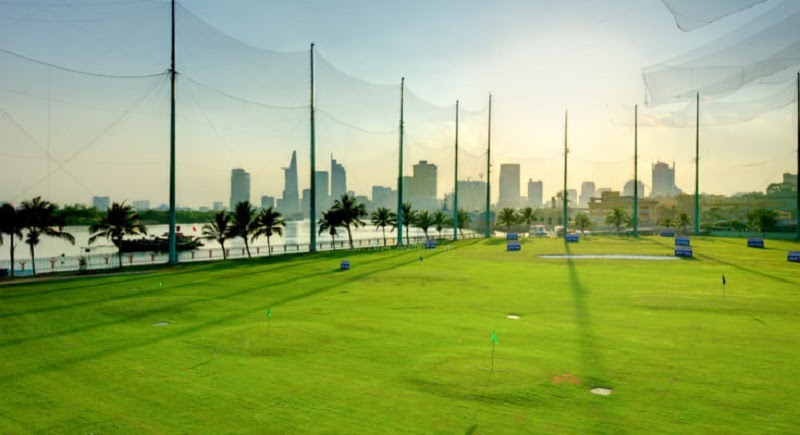
Key Advantages of the Golf Course:
- The golf course spans a total area of 5 hectares, boasting significant investment. Him Lam Golf is a premium facility with 3 tiers consisting of 100 driving mats, 2 bunkers, and 2 putting greens.
- Him Lam Golf Driving Range is recognized as one of the top standard golf ranges in Ho Chi Minh City and Southeast Asia.
- Furthermore, the landscape is incredibly impressive, offering a romantic and scenic view of the Saigon River. The riverside atmosphere is refreshing and cool, a stark contrast to the hustle and bustle of urban life.
- The golf club employs experienced golf specialists and trainers who are deeply trained to assist learners and golfers in learning and enhancing their playing skills.
- Him Lam Golf is also renowned as one of the most popular golf destinations in Saigon, attracting over 300 visitors daily from across the country and international tourists.
- The services at Him Lam Golf are diverse and extensive, rated as high-class and international standard. Notably, there are outdoor dining areas, luxurious accommodation facilities, event and meeting venues, Proshop, and more.
Location of Him Lam Golf Driving Range:
Located at 234 Ngo Tat To Street, Ward 22, Binh Thanh District, Ho Chi Minh City, Vietnam.
Detailed Service Price List:
- Ball rental fee: 200,000 VND for 100 balls.
- Golf club rental fee: 200,000 VND per set per month.
- Golf club membership fee: 200,000 VND.
Sunshine Driving Range Golf Course in Ho Chi Minh City
Among the golf courses in Ho Chi Minh City, Sunshine Driving Range is one of the spacious and refreshing courses worth experiencing for golfers.
Key Advantages of the Golf Course:
Sunshine Driving Range is built on relatively sloping terrain, featuring dips and depths that create impressive levels of challenge for golfers.
The golf course offers ample space for players to hit long shots, combined with natural green grass mats that allow golfers to play smooth and precise shots full of energy.
With its moderate slopes and gentle undulations resembling low hills, Sunshine Driving Range creates smooth and impressive curves. This makes the landscape of the course attractive and appealing, drawing numerous golfers for practice, relaxation, and entertainment.
Moreover, the green and refreshing space of the golf course amidst the bustling city environment allows players to always feel relaxed and at ease after busy and hectic life routines.
The range of convenient services at the driving range is diverse, comparable to larger golf courses, including costume rental, golf accessories, dining services, locker facilities, parking, Proshop, and more.
Location of the Golf Course:
Sunshine Driving Range Golf Course is located at D23, Cong Hoa Street, Ward 12, Tan Binh District, Ho Chi Minh City, Vietnam.
Phu My Hung Golf Course in Ho Chi Minh City
The golf course located in the Phu My Hung urban area is undoubtedly familiar to many enthusiasts of this sport. It is a premium golf course designed as both a driving range and a standard 9-hole golf course.

Key Advantages of the Golf Course:
The golf course is designed and built within the prestigious Phu My Hung urban area in Ho Chi Minh City, covering an area of 3000 hectares with modern and high-end facilities.
Phu My Hung Golf Course prominently sits alongside both banks of the Thay Tieu River. This location enhances relaxation and closeness to nature. With its spacious, cool atmosphere and meticulously designed terrain that increases difficulty and challenge, the golf course is suitable for golfers who enjoy exploration and stimulating their conquering spirit.
A major asset of the Phu My Hung golf course is its high-quality natural grass. This grass not only creates a refreshing green space with impressive aesthetics but also ensures smooth and gentle ball rolls.
In addition to golfing, players can experience a range of high-end amenities and countless services at Phu My Hung Golf Course, including a 5-star standard hotel, restaurants offering a rich menu of Asian and European cuisines, clubhouse, Proshop, swimming pool, playgrounds, and more.
The staff at the golf course are always enthusiastic and ready to assist with any needs or issues that golfers may encounter during their play.
Location of the Golf Course:
Phu My Hung Golf Course is located in Phu My Hung urban area, District 7, Ho Chi Minh City, Vietnam.
Latest Price List for Phu My Hung Golf Course
The pricing at Phu My Hung Golf Course varies depending on the time of day, regular days, and holidays. Here are the detailed current rates:
Weekday Rates:
- From 6:00 AM to 5:00 PM: Approximately 535,000 VND. Additional play fee after this period is 465,000 VND.
- From 5:00 PM to 9:30 PM: Approximately 695,000 VND. Additional play fee after this period is 490,000 VND.
Weekend and National Holiday Rates:
- Throughout all hours: 640,000 VND. Additional play fee per hour after this period is 480,000 VND.
Rental fees for equipment range from 40,000 VND to 200,000 VND, depending on the equipment and accessories chosen by customers. However, these prices are for reference only as they may vary depending on the time, location, and special promotions for members or group bookings.
Rach Chiec Golf Course
Rach Chiec Golf Driving Range has long been renowned as an ideal destination for golfers in the Southern region. Its extensive length enhances the quality of shots, making it a superb location for enthusiasts to indulge in their passion, connect, and socialize.

Key Advantages of the Golf Course:
Rach Chiec Golf Course covers a relatively small area, approximately 5 hectares for the entire course, but it is memorable for many golfers due to its attractive features.
Rach Chiec Golf Course is suitable for beginners with a range of 220 yards and a pitch chip up to 100 yards on grass.
The spectacular landscape and cool, natural space with lush greenery are the highlights here. The fresh, serene atmosphere, combined with the scenery of forests and green rivers, creates an extremely pleasant relaxation experience. Moreover, each golf segment offers unique terrains and diverse challenges, providing golfers with impressive playing experiences.
All grass on the course is meticulously planted and cared for to ensure high quality. This creates an attractive space and helps golfers enjoy energetic ball paths.
Furthermore, the golf course has specialized areas and provides quality services to ensure customer satisfaction, including restaurants, hotels, bathrooms, swimming pools, lockers, Proshop, etc.
The quality of service from the staff is well-rated, friendly, and professional.
Location of the Golf Course
Rach Chiec Golf Course is located at 150 Hanoi Highway, An Phu Ward, District 2, Ho Chi Minh City, Vietnam.
Price List for Rach Chiec Golf Driving Range
Specifically designed for golfers seeking an ideal place to hone their golfing skills, the price list for Rạch Chiếc Golf Driving Range below will provide you with a clear overview of the diversity and flexibility of our pricing packages.
Daily Rates:
| Day | Time | Price |
|---|---|---|
| Weekdays | 7am-2pm | 280,000 VNĐ (Unlimited balls) |
| 9pm-11pm | 100 balls: 120,000 VNĐ | |
| Weekends, Holidays | 7am-9pm | 100 balls: 120,000 VNĐ |
Package Rates:
| Duration | Price | Features |
|---|---|---|
| 1 month | 5,000,000 VNĐ | Unlimited visits within the month |
| 3 months | 10,900,000 VNĐ | Savings option for patient golfers |
| 6 months | 18,000,000 VNĐ | Special choice for developmental progress |
| 1 year | 27,000,000 VNĐ | Long-term commitment to improvement |
These tables outline the various pricing options at Rạch Chiếc Golf Driving Range, providing clarity on both daily and package rates.
Happy Golf – Impressive Golf Course in Ho Chi Minh City
Happy Golf is a small practice golf course conveniently located and favored for its professional golf style and enthusiastic service.

Key Advantages:
The golf course enjoys an extremely convenient location, only 10-20 minutes’ drive from the city center. Happy Golf is situated adjacent to districts 6, Binh Chanh district, Tan Phu district, Long An province, and densely populated industrial zones such as Le Minh Xuan, Tan Tao Industrial Park, Pouyuen Vietnam, etc.
The grounds of Happy Golf cover a modest area of 2.8 hectares with a three-tiered layout accommodating over 90 internationally standardized practice lanes. Despite its smaller size compared to other golf courses, Happy Golf boasts fairways extending over 270 yards, rivaling larger courses. Therefore, it provides golfers with the sensation of swinging on renowned grass fields.
Moreover, Happy Golf features separate, upscale zones including a short chip and pitch practice area, as well as VIP rooms equipped similarly to a 5-star hotel.
The golf course offers a rich variety of services, including spacious covered parking, luxurious accommodations, modern locker areas, a contemporary Proshop, a 4-star standard restaurant serving Asian-European cuisine, and expansive banquet halls.
The staff is dedicated, professional, and always ready to address customer inquiries and requests.
Location of Happy Golf:
Happy Golf is located at 51A Le Ngung, Tan Tao A Ward, Binh Tan District, Ho Chi Minh City, Vietnam.
Latest Price List at Happy Golf
Here, customers are always guaranteed the most competitive fees with service quality that is second to none compared to any other golf practice grounds nationwide.
Below is the price list for some basic services at Happy Golf for your reference:
| No. | Service | Unit Price | Note |
|---|---|---|---|
| 1 | Regular price for 4 hours, unlimited balls | 300,000 VND/person | Includes 1 bottle of water |
| 2 | Monthly gym membership for golf guests | 600,000 VND/person |
Note: Depending on the service, customer needs, and promotional programs, costs may vary at different times.
Here is the list of the top 8 most beloved golf courses in Ho Chi Minh City that DanangPrivateCar.com’s has compiled. We hope this information helps golfers find suitable places for practice. If you need quick and safe transportation to these courses, don’t forget to use DanangPrivateCar.com’s private car service in Ho Chi Minh City.

